 |
 |
|
|
Gabriel Bray Paintings |
|
|
|
|
|
|
|
|
|
|
|
|
|
|
|
|
|
|
|
|
|
|
|
|
|
|
|
|
|
|
|
|
|
|
|
|
|
|
|
|
|
|
|
|
|
|
|
|
|
|
|
|
|
|
|
|
|
|
|
|
|
|
|
|
|
|
|
|
|
 |
|
|
|
|
|
|
|
|
|
 |
.jpg) |
 |
 |
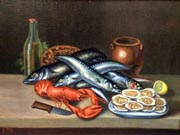 |
|
|
|
|
|
|
| |
| There are 73 drawings by Bray (plus one signed 'NF 1782') preserved in a 19th-century album that was purchased for the National Maratime Museum by the Macpherson Fund of the Society for Nautical Research in April 1991. They have now been separately remounted. Bray (1750-1823), was second lieutenant of the 44-gun ‘Pallas’ under Captain the Hon. William Cornwallis (1744-1819) – later a well-known admiral – on two voyages (1774-77) to report on British interests in West Africa, including the slave trade. The dated drawings refer only to the first of these, from December 1774 to September 1775, though a few may be from the second. Others comprise country views, some of Deal, Kent (where Bray came from), and others of social-history interest. For further detail see PAJ1976. There are also other paintings by him recorded at the end from other Collections or Sales. |
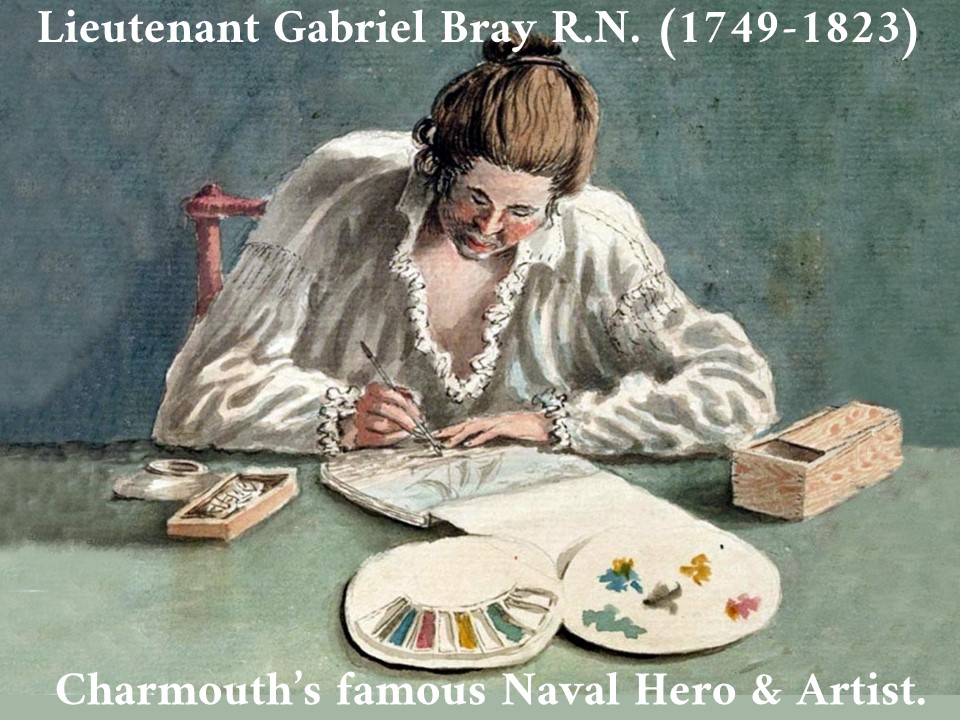 |
No. 14 of 74 (PAJ1976 - PAJ2049) A drawing of a sailor signed 'AVprGB' (to the life by Gabriel Bray). This work probably shows a seaman bringing his hammock up to air from below on the 'Pallas' early in Bray's voyage to Africa, even though there is no trace of the ship shown. The hammock is clearly ticketted 'CD No. 4' referring to the man's place and number in the ship (see also PAJ1992), for which Bray may have had particular responsibility. This drawing, or one like it, is also shown being inspected in Bray's sketchbook by James Cornwallis - a relative of the captain's who was also on the voyage - in a portrait drawing of him from the same group (PAJ2018). |
 |
| No. 45 of 74 (PAJ1976 - PAJ2049) A drawing of Fort Apolonia, with the title and date below on the old backing sheet, which also bears a damaged signature, lower right, that was probably originally 'AVprGB' (to the life by Gabriel Bray). It shows a scene in West Africa, on Bray's first 'Pallas' voyage. Having first called at the River Senegal and River Gambia, the 'Pallas' was instructed to to call at Cape Appolonia (spelt this way in the ship's log) where the Africa Company were constructing this fort, 'consequent to an Act of Parliament', before continuing to Cape Coast Castle. The 'Pallas' in fact only only sent a boat with an officer ashore here as they passed on 17 March 1775, while the ship stayed in the offing. The British fort - which was undoubtedly protecting traffic including, if not mainly, the slave trade - is in the centre, flanked on either side by stockades enclosing African huts under the shade of palm trees. The view is from the ship, showing the boat - a local canoe - carrying the officer ashore with a waving figure on the bow and others waving from the shore. |
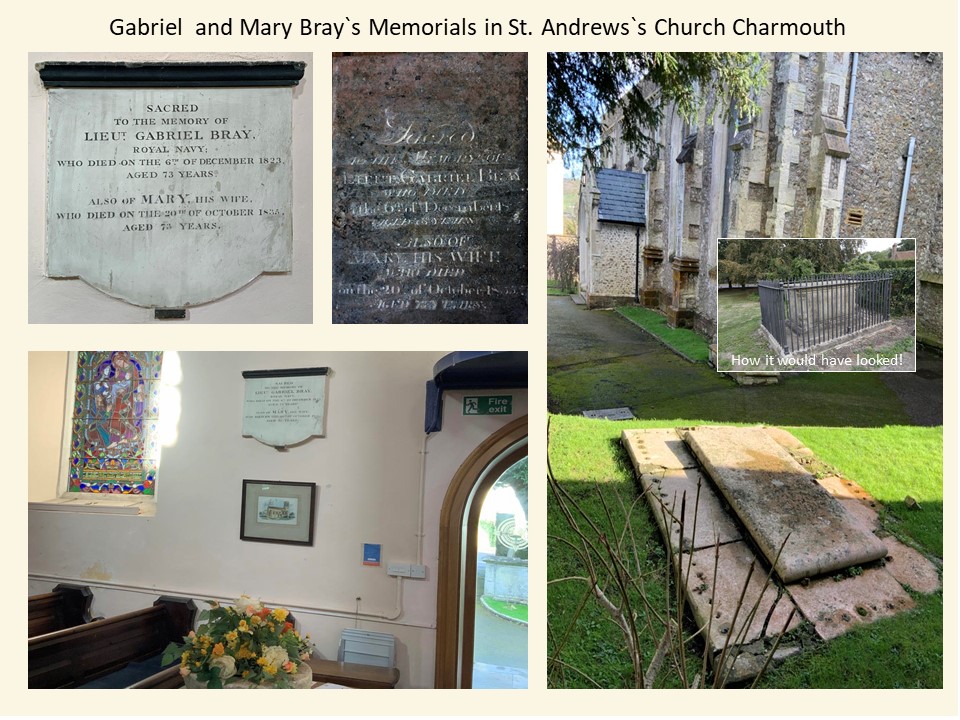 |
| No. 20 of 74 (PAJ1976 - PAJ2049) (Updated, August 2018). On two sheets of paper, joined vertically with the title and date inscribed below the drawing, on a backing slip, plus the signature 'p[er]GB' (by Gabriel Bray). J. A. Hamerton's 'World Pictorial Gazetteer' (London 1932) describes the Desertas as 'Four small rocky islands in the Atlantic Ocean. They are situated S. E. of Madeira, to which they are administratively attached, and are called Bugio, Chao, Deserta Grande and Sail Rock. Uninhabited, they are visited only by fishermen and herdsmen.' Between 1894 and 1971 they, and the similar Selvagens Islands 250 km south of Madeira were owned by two English families, but were then bought by the Portuguese state. Today they are a both nature reserves with restricted access but, depending on weather, the Desertas are usually in plain sight at a distance of just over 40 km ( 21 miles) from Funchal, running largely north to south compared to Madeira's generally east-west axis. Chao, the most northerly, is a small cliff-bound plateau of under 1 sq. km in area, today with a lighthouse on the northern end; Deserta Grande (which rises to over 400 m) lies in the middle and Bugio, slightly lower, is to the south. Sail Rock is not usually listed in modern descriptions but appears to be the 50-metre rock pillar locally called Farilhao or Ilheu de Nossa Senhor, off the lighthouse point of Chao. Bray's view appears to be of most of Deserta Grande and the northern tip of Bugio, seen from the north-north-west looking down the chain. This is a very rare view of these remote islets, taken as the 'Pallas' sailed south from Funchal, Madeira, for West Africa in December 1774 (see also PAJ2009). They are not specifically mentioned in either Bray's or the captain's log of the voyage but the drawing is likely to have been done on 29-30 December. |
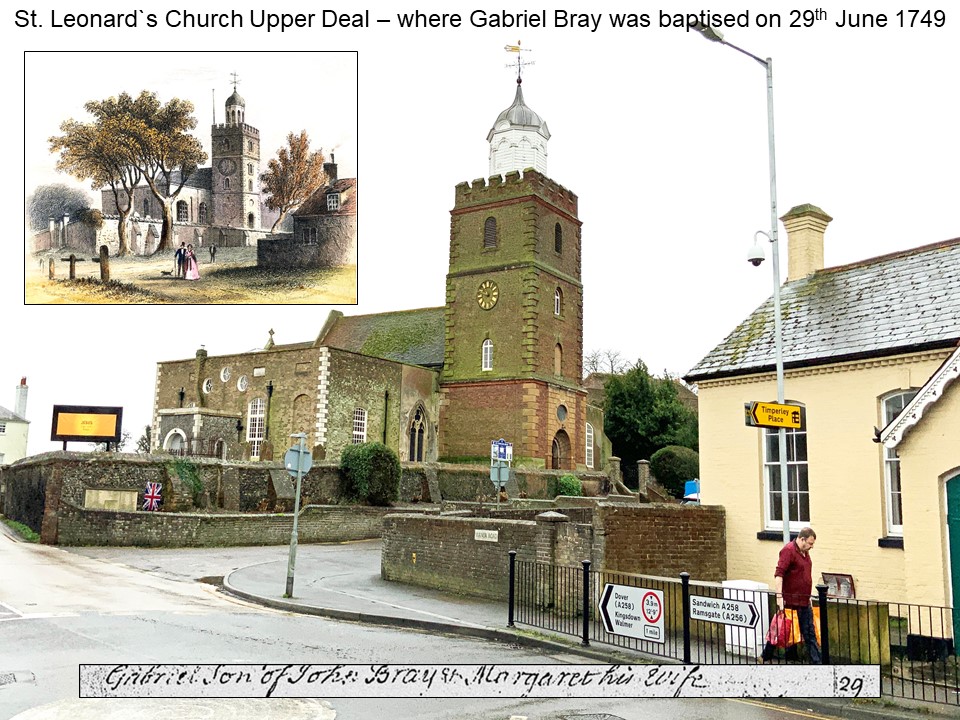 |
| No. 59 of 74 (PAJ1976 - PAJ2049) Titled and dated as above on the tag of a backing sheet, and signed 'AVprGB' (to the life by Gabriel Bray). The British fort at the mouth of the Senegal River was the first place of call specified in the ship's orders for the 'Pallas' voyage in 1775, and she arrived there on 28 January, sailing again on the 31st for the Gambia River: Bray's inscribed date is therefore slightly adrift, probably due to faulty memory. Three small vessels are present on the right, probably merchantmen or small slavers, or others attached to the fort. One is clearly an unrigged brig, laid up behind the buildings, far right. On the left behind the fort is another brig in seagoing condition, presumably the one which Captain Cornwallis's log noted as for the use of Governor O'Hara at the fort, at whose request he supplied her with a small consignment of gunpowder on 31 January, just before the 'Pallas' sailed. The fort may be the mud-built one, dating from 1700 on an islet in the river, which A.W. Lawrence identifieds as Fort St Joseph in his 'Trade Castles and Forts of West Africa' (1963). |
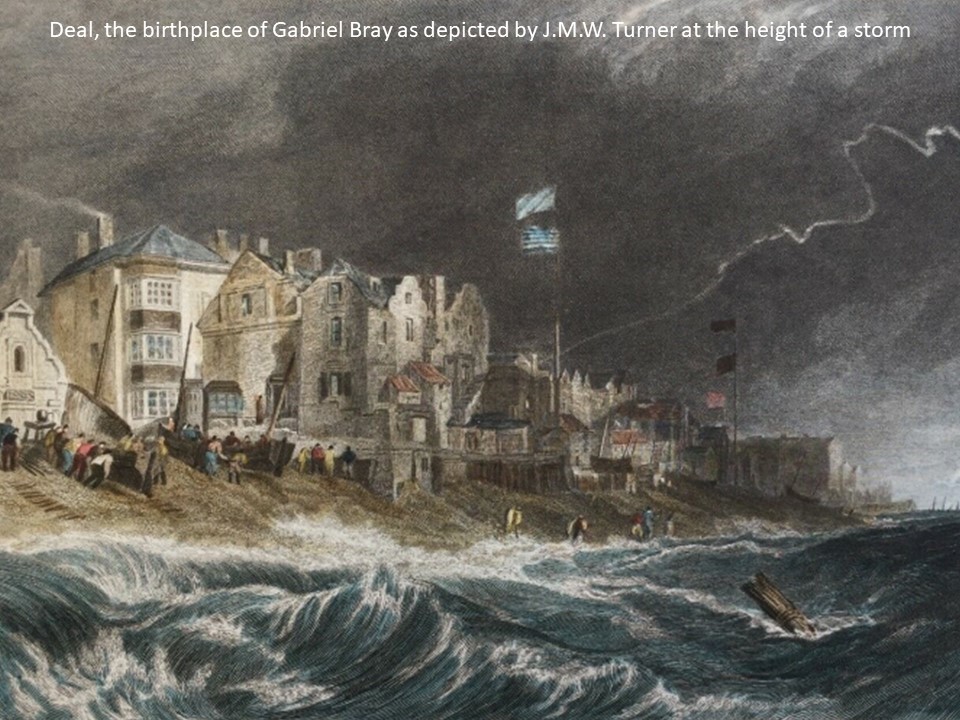 |
| No. 63 of 74 (PAJ1976 - PAJ2049) A drawing presumably from the 'Pallas' voyage, 1774-75. The Krumen are a subgroup of the Grebo people who today live mainly along the coast of Liberia and the Ivory Coast, and have a strong seafaring tradition. They are related to but distinct from the Kru people further inland, and who originated further north. In the days of the transatlantic slave trade, the Krumen, like the coastal Fante, had a history of co-operation with European traders. This is one of 73 drawings by Bray (plus one signed 'NF 1782') preserved in a 19th-century album. |
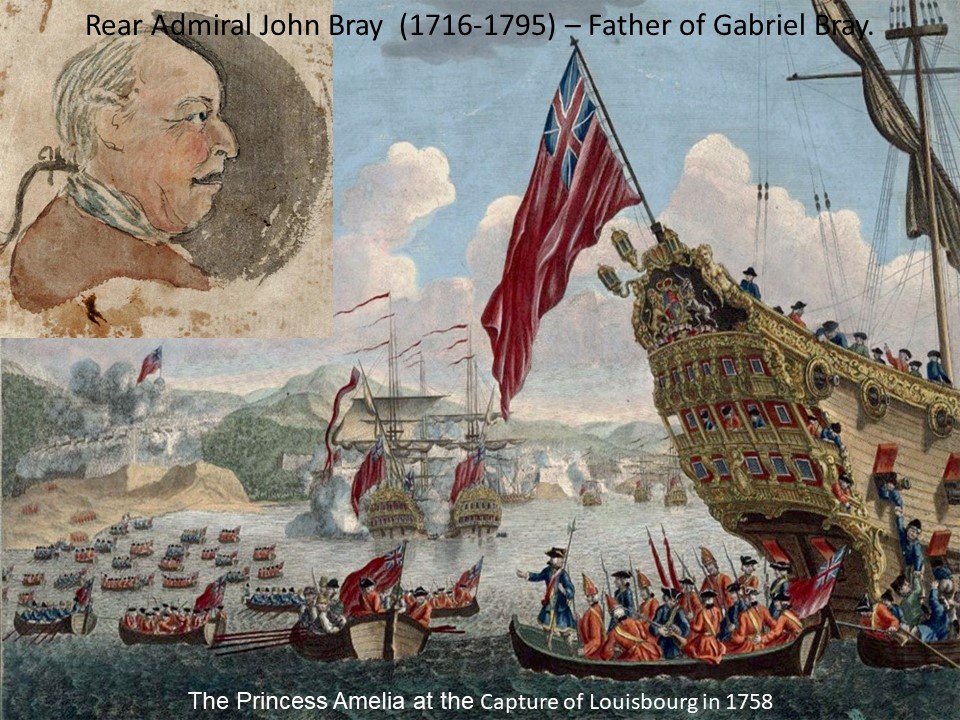 |
| No. 74 of 74 (PAJ1976 - PAJ2049) An example of Bray's interest in distinctive heads, hairstyles and headgear, which is evident in the group from which it comes. The lady, who may be a relative, is wearing a 'butterfly cap', fashionable in the 1770s. |
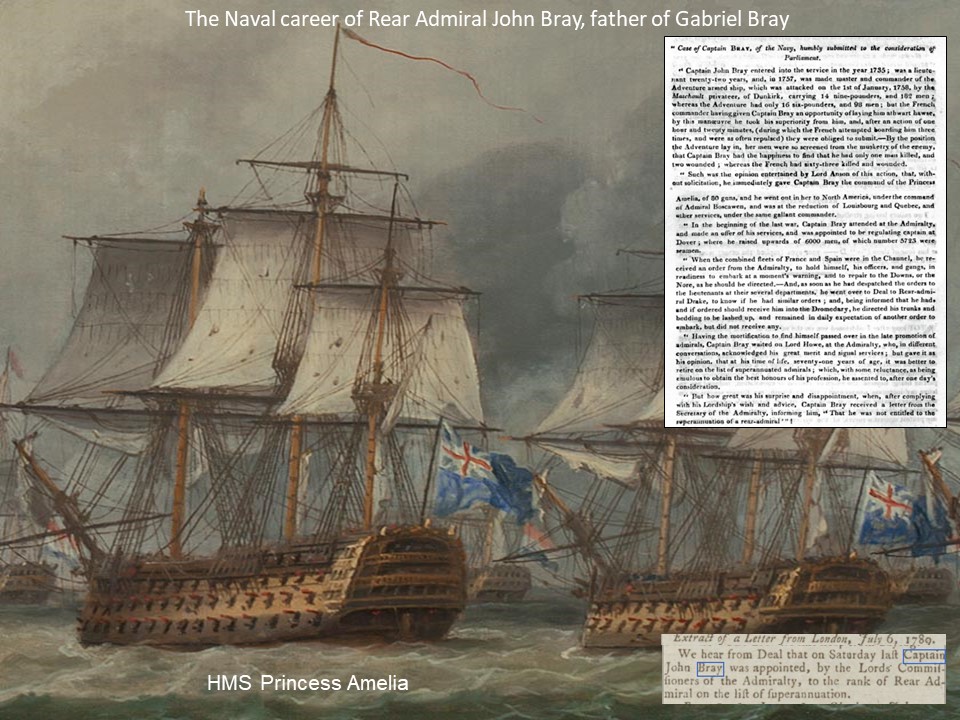 |
| No. 69 of 74 (PAJ1976 - PAJ2049) A caricature drawing of two men, the dandified one in the hat apparently of higher social status than the other with his tongue partly out to the side of his mouth. They may well be copies of, or at least based on, the popular and widely reproduced series of 'Human Passions Delineated' of 1773, by the Lancashire-born comic draughtsman and writer John Collier (alias 'Tim Bobbin', 1708-86). Collier's main route for disseminating them was through taverns, which may be where Bray saw examples |
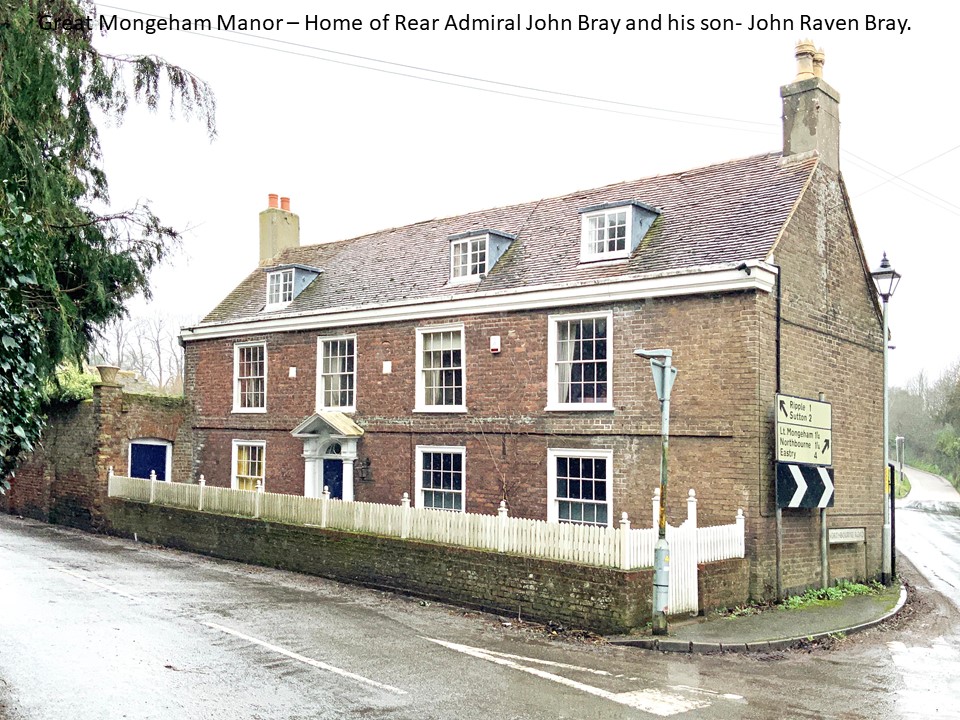 |
| A view of the Desertas (see PAJ1995), south-east of Madeira, as viewed by Bray from the 'Pallas', on a bearing of south by east and a half east. In other words this is a view looking down the almost north-to-south-lying 14-km chain of the Desertas as the 'Pallas' passed between them and Madeira. The dark flat-topped dark islet in the foreground is Chao, the northernmost; behind rises the foreshortened bulk of Deserta Grande, with the pyramidal peak to the right being Bugio, also foreshortened. The islands only have a history of occasional use by fishermen, with no effectively cultivable ground and only Deserta Grande large enough to capture a poor supply of rainwater. Today they are a restricted area of natural conservation interest, largely for a small population of monk seals breeding on Deserta Grande |
 |
| No. 54 of 74 (PAJ1976 - PAJ2049) Presumably from the 'Pallas' voyage of 1774-75. With PAJ2028 and PAJ2040, this is one of three such drawings of pairs of African heads in this Bray group which suggest he may have seen the engravings of Maori heads by Sydney Parkinson, from Cook's first voyage, published in 1773. Unlike those, however, Bray's stop at the base of the necks with a stylized sculptural edge. The group also includes a number of single African heads in monochrome (PAJ2011, PAJ2039 and an evident pair, PAJ2032 and PAJ2033). |
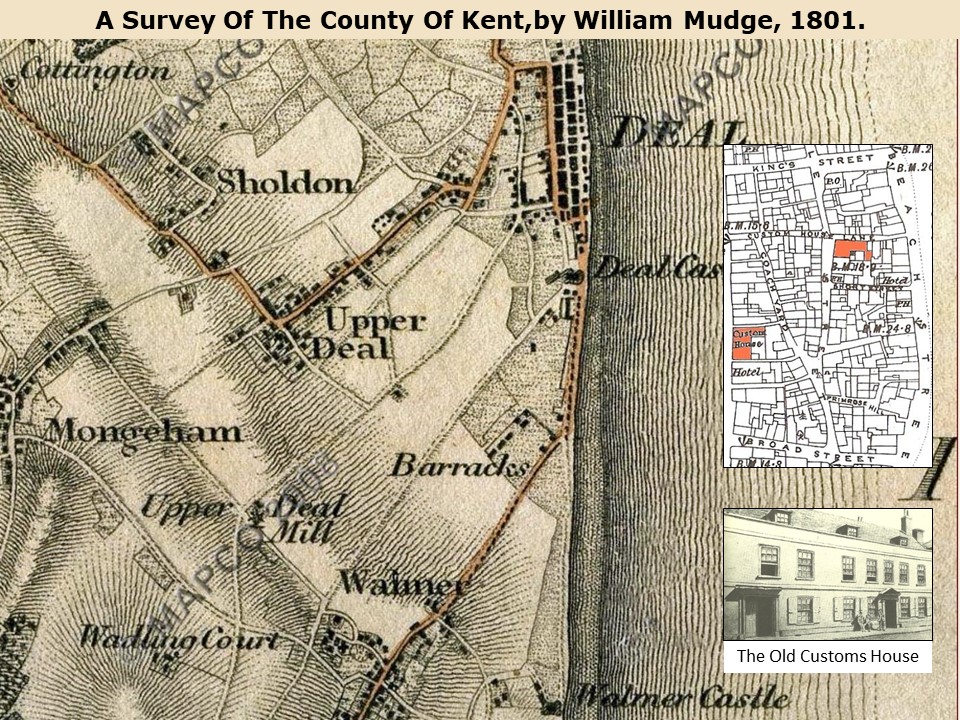 |
| No. 65 of 74 (PAJ1976 - PAJ2049) Bray's title, as above, is inscribed below these two head studies each with slightly different patterns of shaved hair style. The Fante, with the Asante (Ashanti), are the two main tribes of the Akan-speaking group of modern Ghana and the Ivory Coast. Historically, in English, the name was often also spelt Fantee. Bray's ship, the 'Pallas' , was running along the coast of Ghana from about 19 March 1775 and reached Accra on the 30th. In his 'Observations on a Voyage to the Coast of Africa' (1788), recounting a slaving voyage to Benin at the same time as Bray (1774-75), James Field Stanfield describes them as co-operating with European captains in the practical business of slaving, since European crews rapidly fell victim to the endemic fevers and heat of the climate. With PAJ2028 and PAJ2029, this is one of three such drawings of pairs of African heads in this Bray group which suggest he may have seen the engravings of Maori heads by Sydney Parkinson, from Cook's first voyage, published in 1773. Unlike those, however, Bray's stop at the base of the necks with a stylized sculptural edge. The group also includes a number of single African heads in monochrome (PAJ2011, PAJ2039 and an evident pair, PAJ2032 ane PAJ2033). |
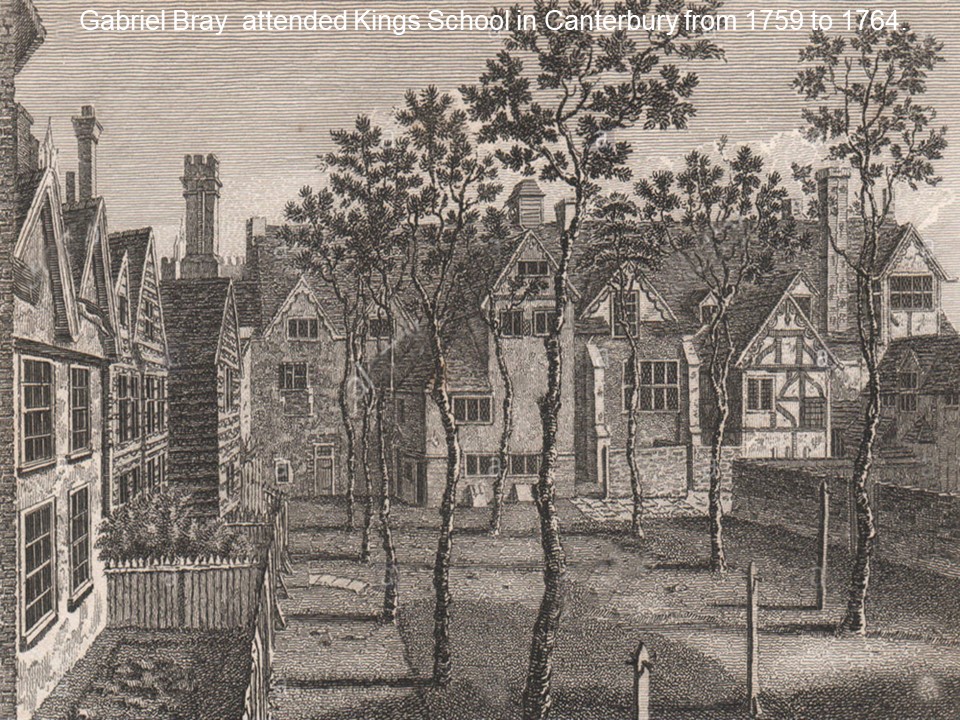 |
| No. 47 of 74 (PAJ1976 - PAJ2049) A drawing presumably from the 'Pallas' voyage of 1775, though not dated. The Africans are likely to be Fante or Krumen, depending on the exact location. Landing at points on the Africa coast could be dangerous because of the surf: an early attempt by the 'Pallas' to send a boat ashore resulted in the boat being overset on reaching it and several men drowning. Local canoes such as this were more skilled and suited to the conditions but also subject to accident. On 3 April 1775 while anchored off Whydah, the 'Pallas' sent a 'saine in a bag' (probably a seine net for fishing) ashore in a canoe and it was lost when the canoe capsized in the surf. |
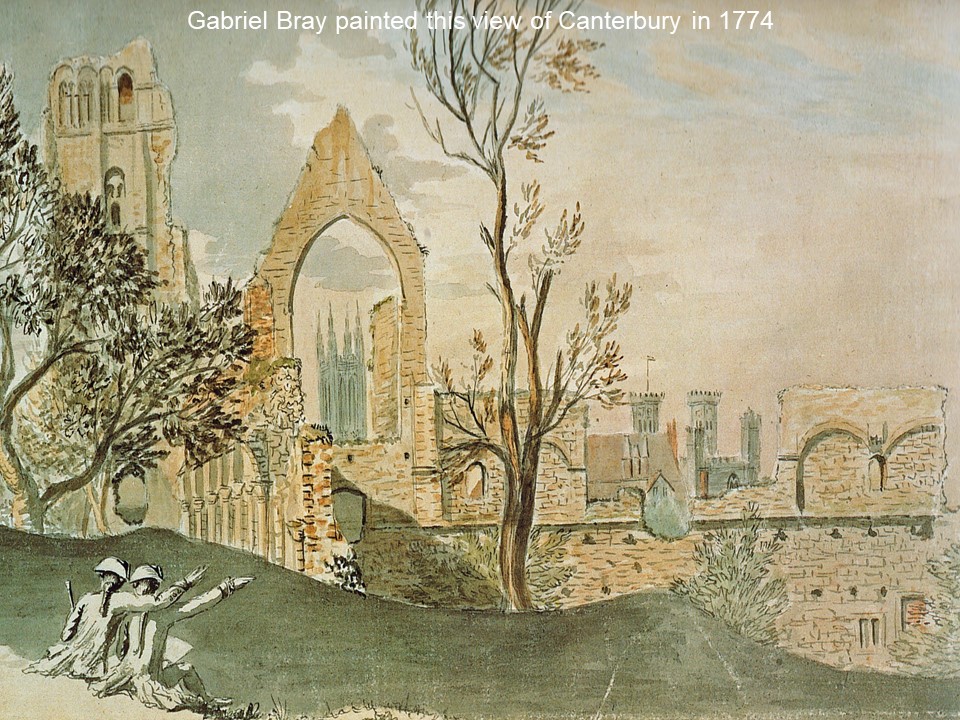 |
| No. 62 of 74 (PAJ1976 - PAJ2049) This is an extremely detailed proposal, to a scale measuring 120 feet and with a lettered key, for a small tidal dockyard. Its evident purpose is the maintenance and minor repair of small naval vessels on the two sloping 'slipps' flanking the central channel that runs back from the dock gate. Two smaller slips for boats lie beneath the Superintendent's House at the landward end. The other two views are transverse sections at right angles, on the axis of the channel and across it. While the drawing does not name Deal as the location, this was probably where Bray lived and it already had a small yard where the Navy built and repaired ships' boats, of which his proposal is a logical development. Whether he ever submitted it to the Admiralty for consideration is not yet known |
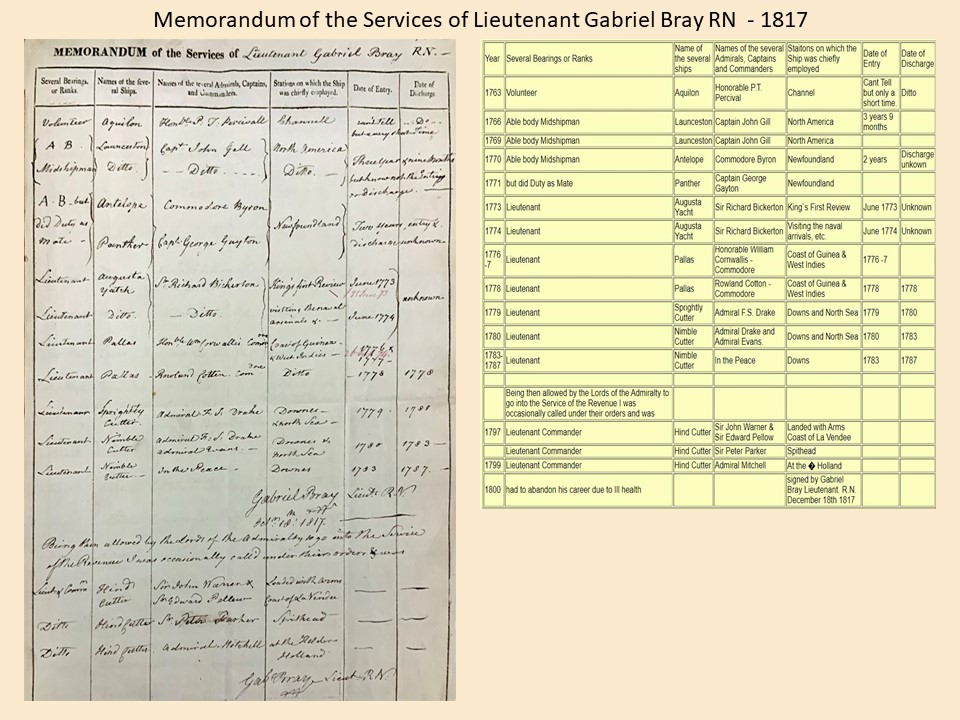 |
No. 38 of 74 (PAJ1976 - PAJ2049) Titled, dated and signed at the bottom, on the backing paper 'AVprGB' (to the life by Gabriel Bray). The date can be fairly closely identified as 29-30 January from the ship's log. The men are apparently sitting on the port anchor, though Bray has omitted the lashings supporting it against the ship's side, and the ship itself. There are in fact two anchors, a main bower with a smaller stream anchor on top of it, to which the buoy on which the seaman is sitting is probably attached. The ship is clearly lying off the mouth of the Senegal River, presumably only to single anchor using her starboard bower. The stream anchor was used for carrying out in a boat if the ship needed to be hauled off a shoal or otherwise manoeuvred in anchorages without using the sails. |
|
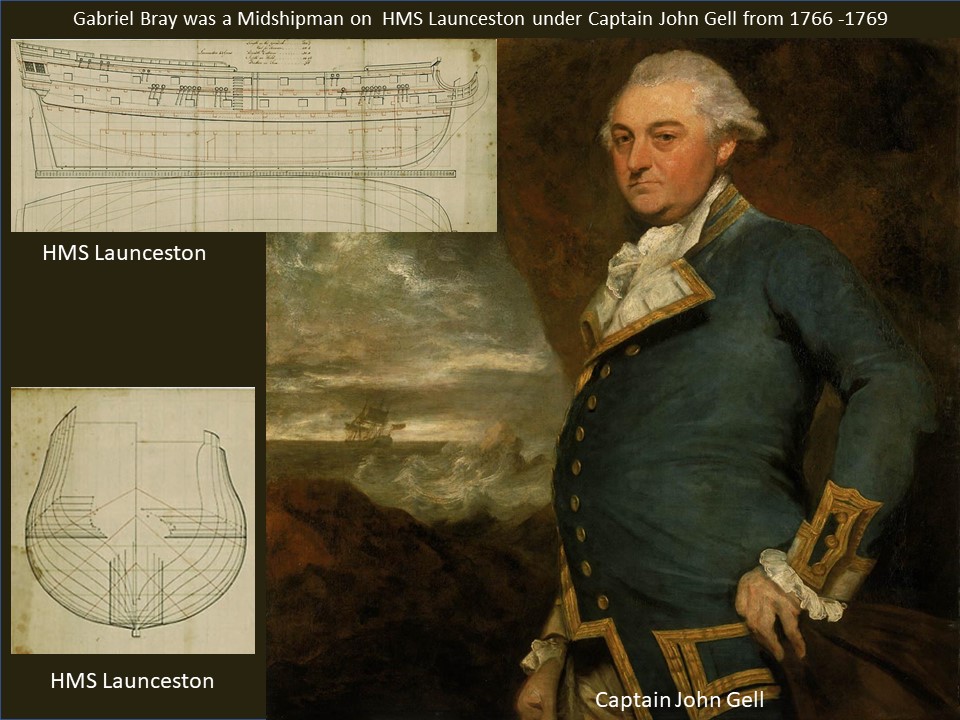 |
| No. 17 of 74 (PAJ1976 - PAJ2049) A drawing of a sailmaker signed 'AVprGB' (to the life by Gabriel Bray). Men were issued with hammocks which bore a number indicating their place in the ship - quite literally since it was the space where the hammock would be slung and returned after airing (see PAJ1989) or being packed into the gunwale hammock nettings on deck where they were put in battle, as protecton from small-arms fire. The head of the capstan indicates this is an upper-deck scene. The drawing also shows the working dress of a sailmaker - who was a specific warrant officer - and (presumably) his mate |
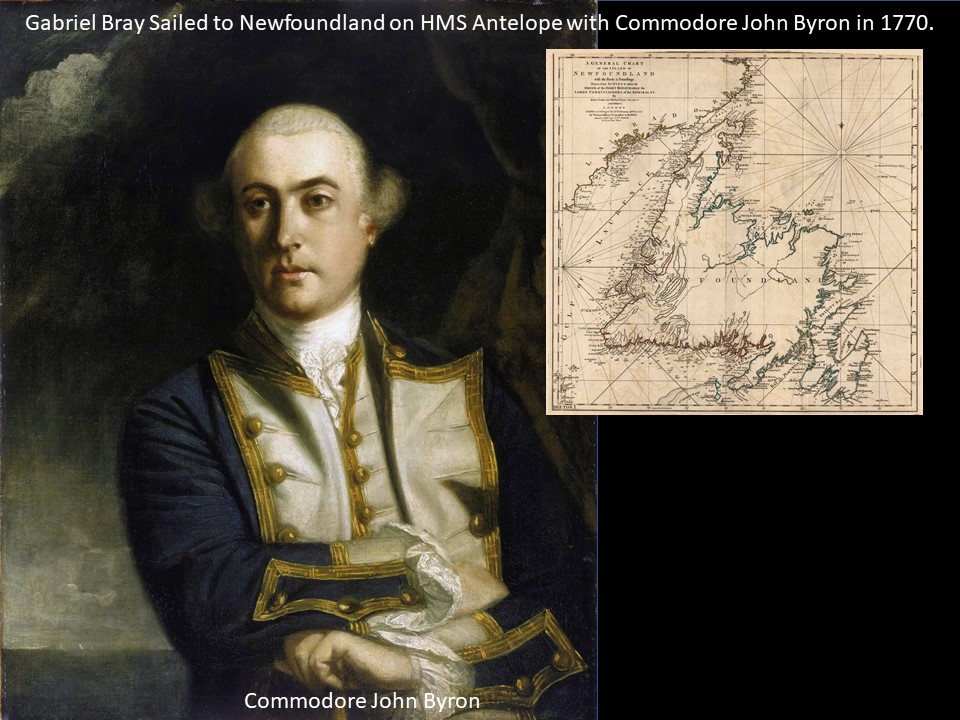 |
| No. 18 of 74 (PAJ1976 - PAJ2049) A drawing of four marines signed 'AVprGB' (to the life by Gabriel Bray). It shows fully uniformed marines - probably a 'mess' of four - below an upper deck hatchway on the 'Pallas'. The two visibly eating are seated on sea chests and the meal could be pease pottage (or pudding) - a porridge of dried split peas baked with water and seasoning. The drawing was, however, probably made while the 'Pallas' was at Portsmouth. |
| |
| |
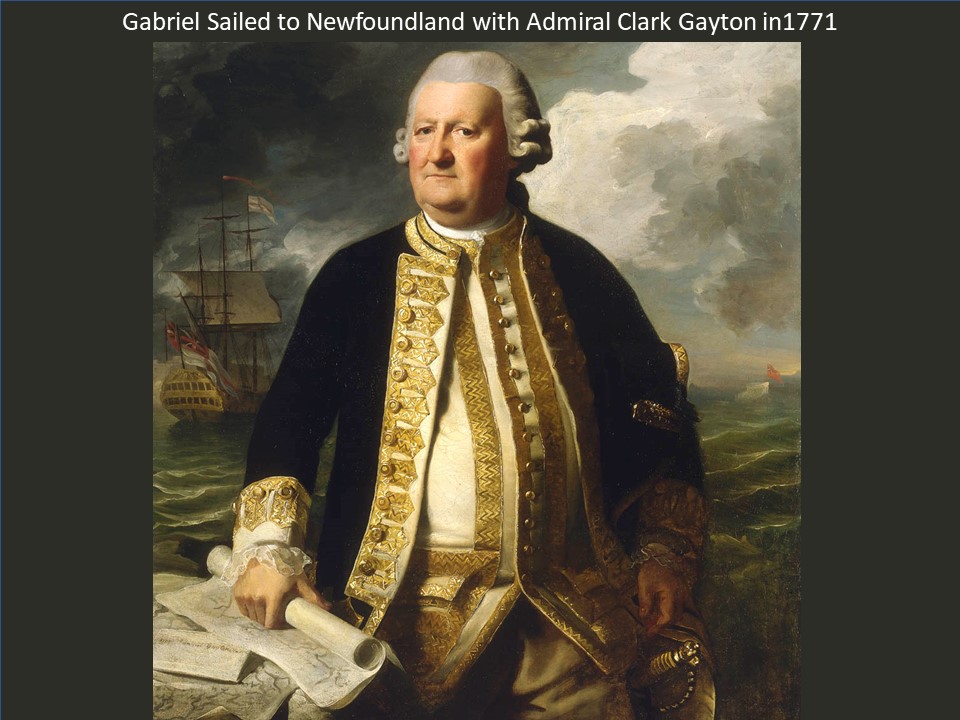 |
| No. 16 of 74 (PAJ1976 - PAJ2049) A drawing of a waterman signed 'AVprGB' (to the life by Gabriel Bray). This and PAJ1990, both made at Portsmouth before Bray sailed in the 'Pallas' for Africa in December 1774 are unique, specific records of the low-life denizens of a vanished waterfront world |
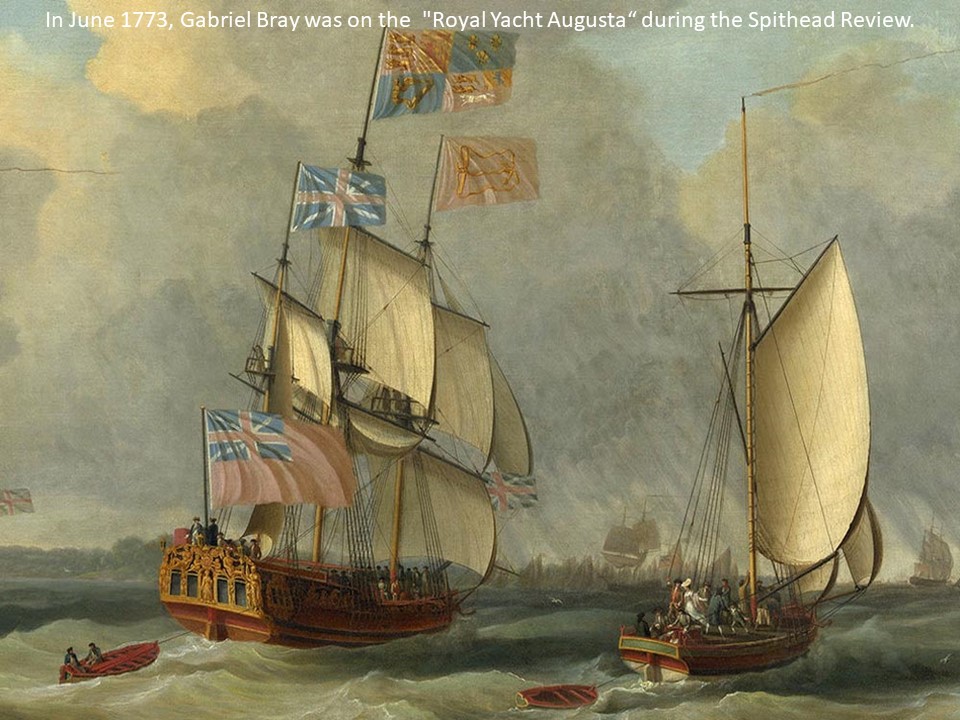 |
| No. 9 of 74 (PAJ1976 - PAJ2049) A drawing signed 'AdVprGB July 74' (to the life by Gabriel Bray) showing two men working on a jolly boat (the smallest boat warships generally carried), which has been propped up on its starboard gunwale for convenience. Many of the Navy's boats were built at Deal in Kent, where it had a boatyard for the purpose and where Bray is thought to have come from. Since this is clearly a shore scene and Bray appears to have been in Kent at this time (see PAJ1983), that may be the location. This is one of 73 drawings by Bray (plus one signed 'NF 1782') preserved in a 19th-century album. They have now been separately remounted. Bray (1750-1823), was second lieutenant of the 44-gun ‘Pallas’ under Captain the Hon. William Cornwallis (1744-1819) – later a well-known admiral – on two voyages (1774-77) to report on British interests in West Africa, including the slave trade. |
 |
| No. 21 of 74 (PAJ1976 - PAJ2049) A drawing showing a British brig called 'Expedition' aground, with salvage in progress, on the western point of Santa Cruz de Tenerife. Boats are in attendance and men on deck are apparently recovering cargo from the hold with a tackle rigged to the mainstay. The upper masts and yards have already been removed. It was presumably seen by Bray as his ship ran into the harbour at Santa Cruz. |
 |
| No. 43 of 74 (PAJ1976 - PAJ2049) Titled as above and signed 'AVprGB' (to the life by Gabriel Bray). James Cornwallis was probably a cousin of 'Pallas's' captain, the Hon. William Cornwallis. He was rated as a master's mate on this voyage on which two other aristocratic Cornwallis connections also served; the Hon. Thomas Pakenham, rated as able seaman, and Lord Charles Fitzgerald, a brother of the Duke of Leinster, who was rated midshipman. James Cornwallis became 'Pallas's' second lieutenant in 1776, a captain in 1781 and died in 1790 but little more is known since he did not live long enough to gain an entry in the standard naval biographical dictionaries. This drawing shows him looking at Bray's sketchbook, specifically at a drawing of a seaman carrrying a hammock which may be PAJ1989 before watercolour was applied. |
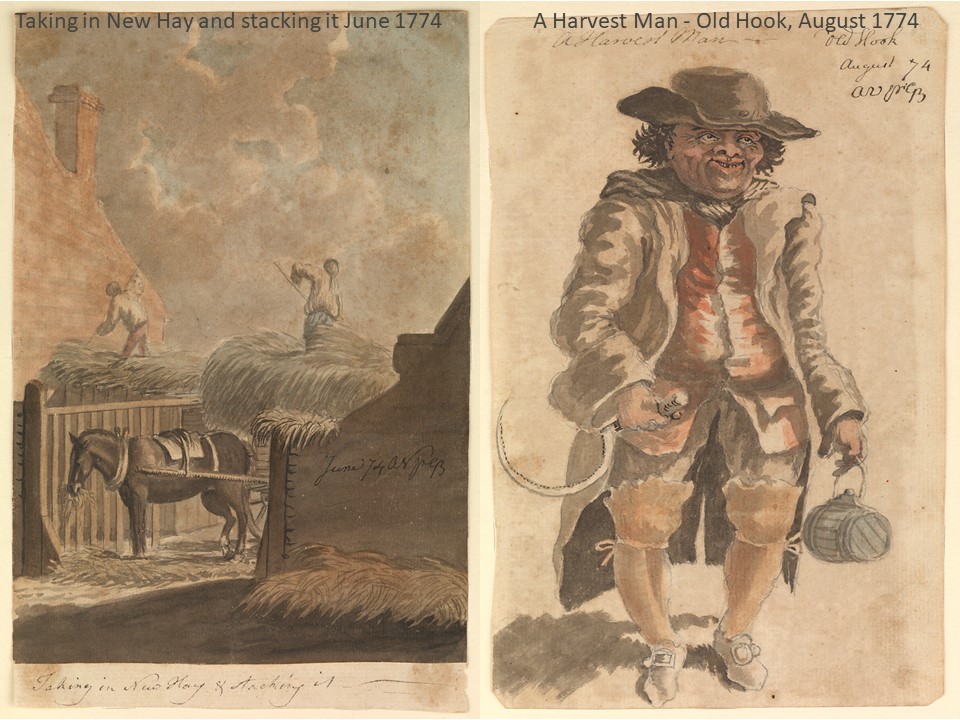 |
| No. 8 of 74 (PAJ1976 - PAJ2049) A drawing of a county reaper signed 'AdVprGB' (to the life by Gabriel Bray). It shows the reaper with his sickle and a small barrico or keg, probably for ale as necessary refreshment in the hot and dusty work of summer harvesting. He also wears protective leggings. Hook is the name of a village in Hampshire but, given that Bray is believed to have come from Kent, 'Old Hook' here is more likely to refer to Old Hook Farm (which still exists) at Eastchurch near Sheerness. |
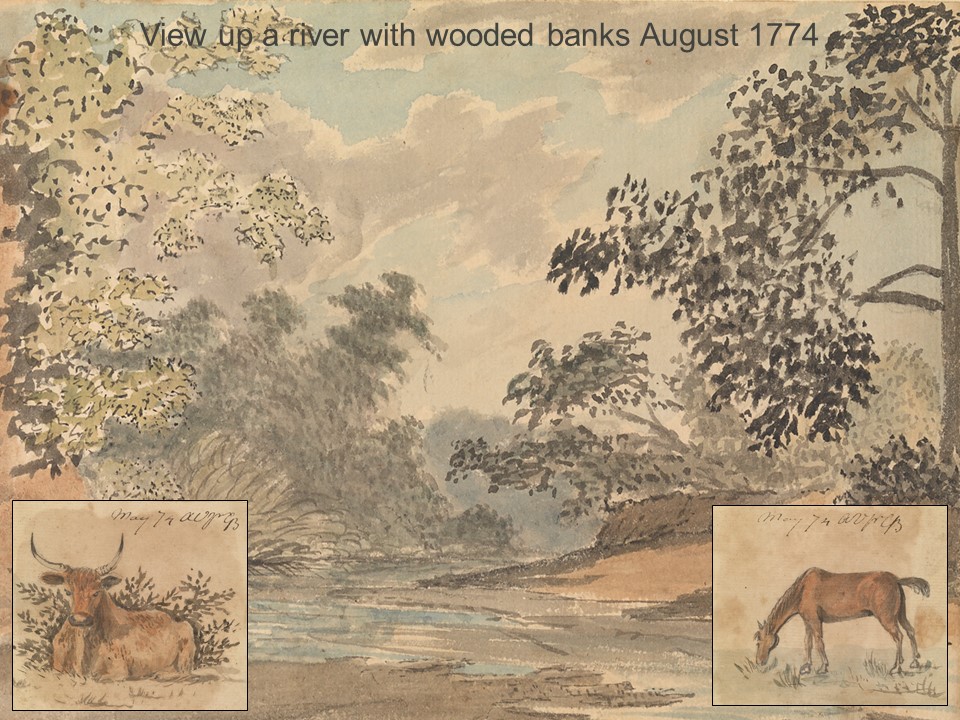 |
| No. 12 of 74 (PAJ1976 - PAJ2049) Dated and signed 'Oct 74 AVprGB' (to the life by Gabriel Bray) this is another telling social vignette of town life, probably seen in London while Bray was on the way to join the 'Pallas' at Portsmouth, though it may also have been done there. However, the date and the fashionable civilian dress of the gentleman using the services of the boot-boy suggest the former. |
 |
| No. 19 of 74 (PAJ1976 - PAJ2049) The view appears to be along the Dockyard wall towards the Hard, with one of the waterfront taverns on the left, stall-holders selling produce and two men possibly playing knucklebones on the paved street surface in the foreground. The title and date are inscribed below with the signature 'AVprGB' (to the life by Gabriel Bray) and the drawing was done just before Bray sailed for Africa from Portsmouth in December 1774. |
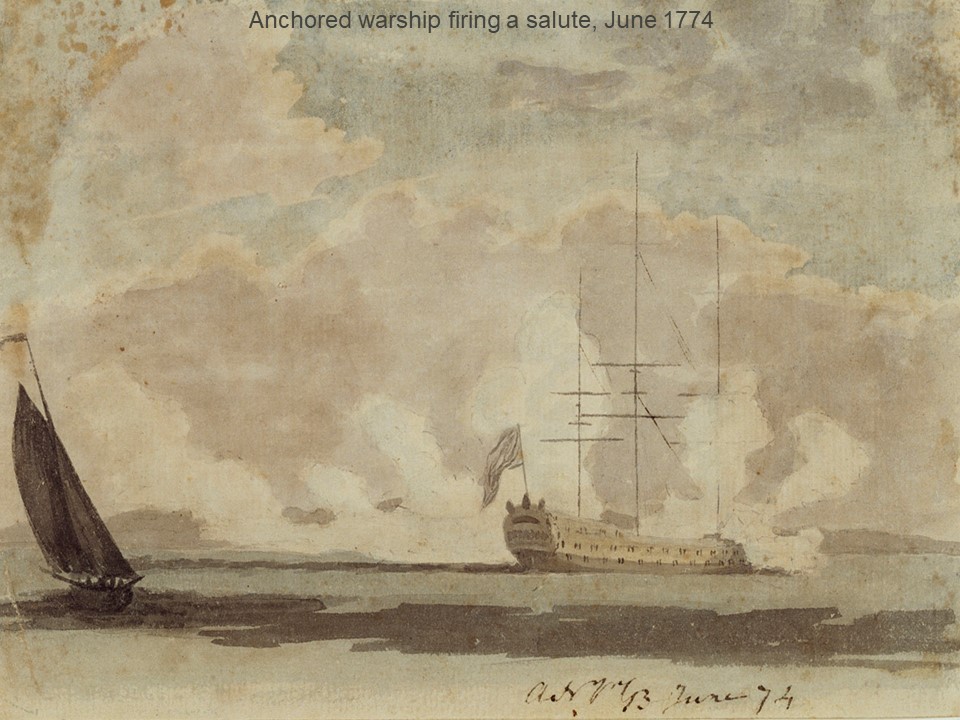 |
| No. 35 of 74 (PAJ1976 - PAJ2049) Inscribed in ink 'AdVprGB June 74' ('to the life by Gabriel Bray'), this drawing shows a British naval two-decker of at least 64-guns, with a cutter to the left. It is most probably somewhere off the coast of Kent (the Sheerness area or the Downs, off Deal), which is where Bray spent the summer of 1774. |
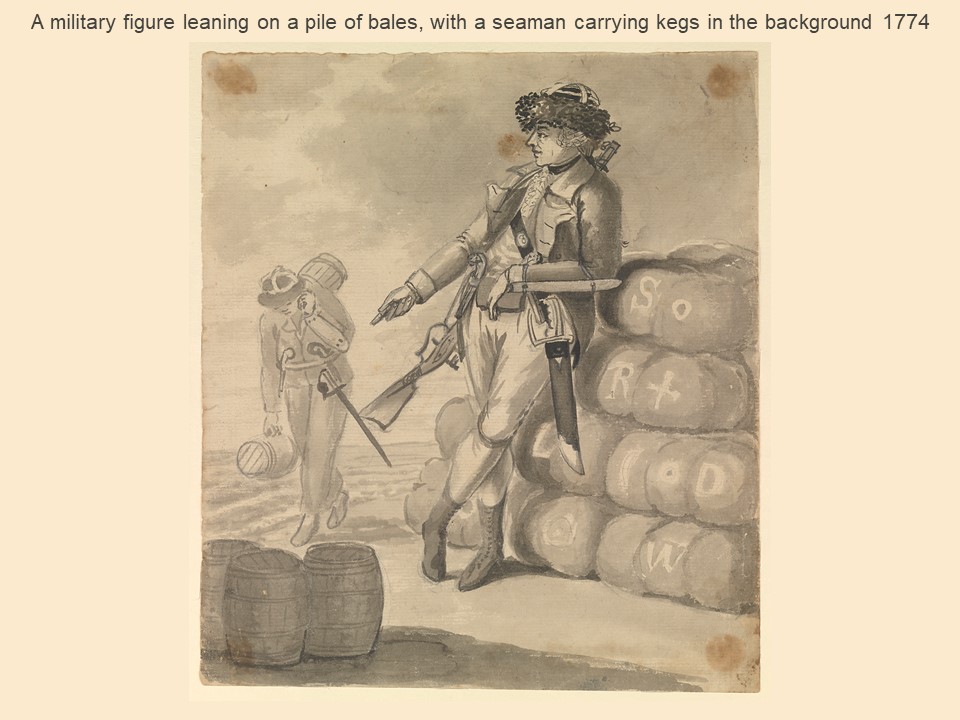 |
| No. 31 of 74 (PAJ1976 - PAJ2049) A drawing of two marines signed 'AVprGB' (to the life by Gabriel Bray) on the backing paper. One of the Marines, is apparently trying to take something out of the other's eye, probably while the 'Pallas' was at Tenerife en route for Africa. A cutter is on the horizon to the left. |
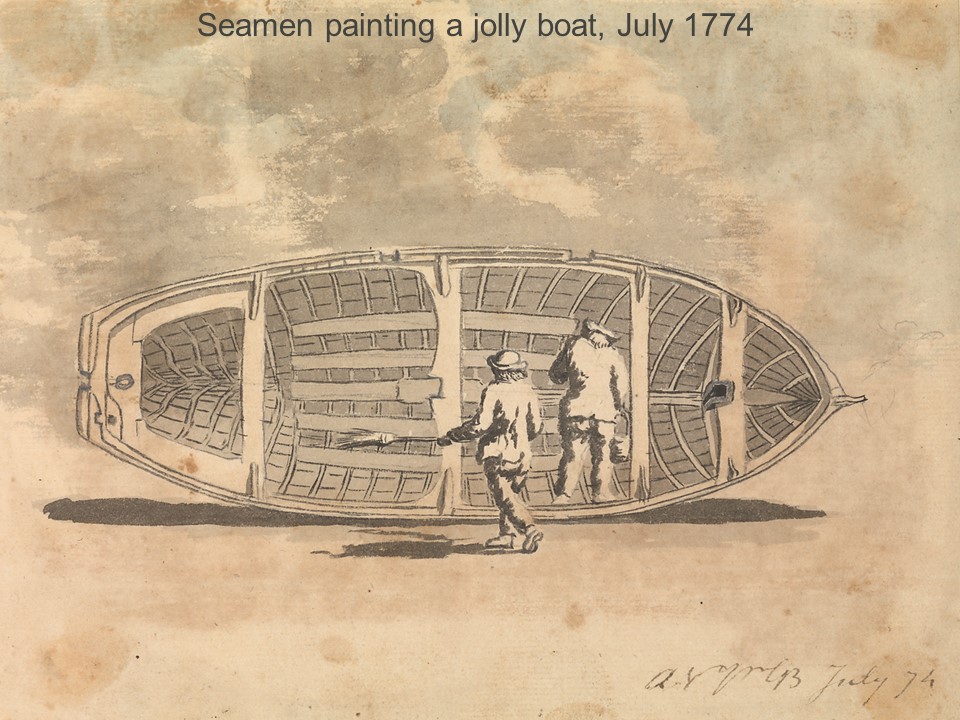 |
| No. 27 of 74 (PAJ1976 - PAJ2049) Titled as above at the top of the drawing, and dated and signed at the bottom 'Decr 74 AVprGB' (to the life by Gabriel Bray). The date and signature are a repetition, since Bray himself clearly trimmed this drawing at an early stage, originally signing it 'GB' on the wooden bar towards the bottom and cutting off the date which originally followed the title. The drawing was probably made at Portsmouth before the 'Pallas' sailed for Africa, or possibly at Tenerife. The man carries what is probably a sea-service musket and wears a great-coat - probably also one issued to him rather than his own. |
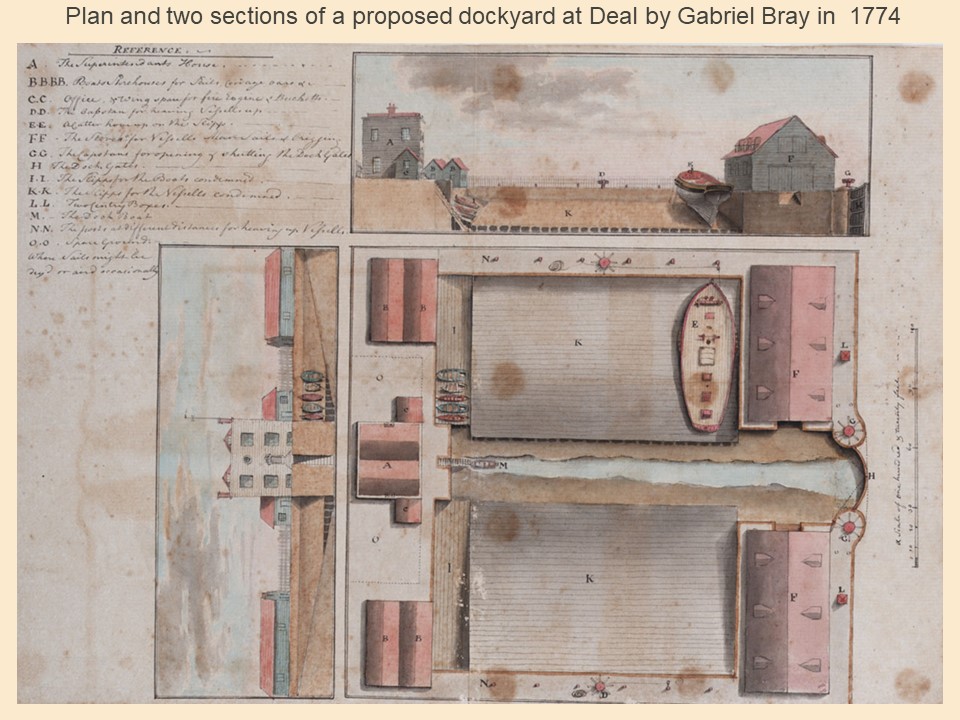 |
No. 11 of 74 (PAJ1976 - PAJ2049) This familiar vignette of ordinary life in an age entirely lacking 'public conveniences' is an example of Bray's acute eye as a social observer. It may have been done in London in October 1774 while on his way to Portsmouth. |
|
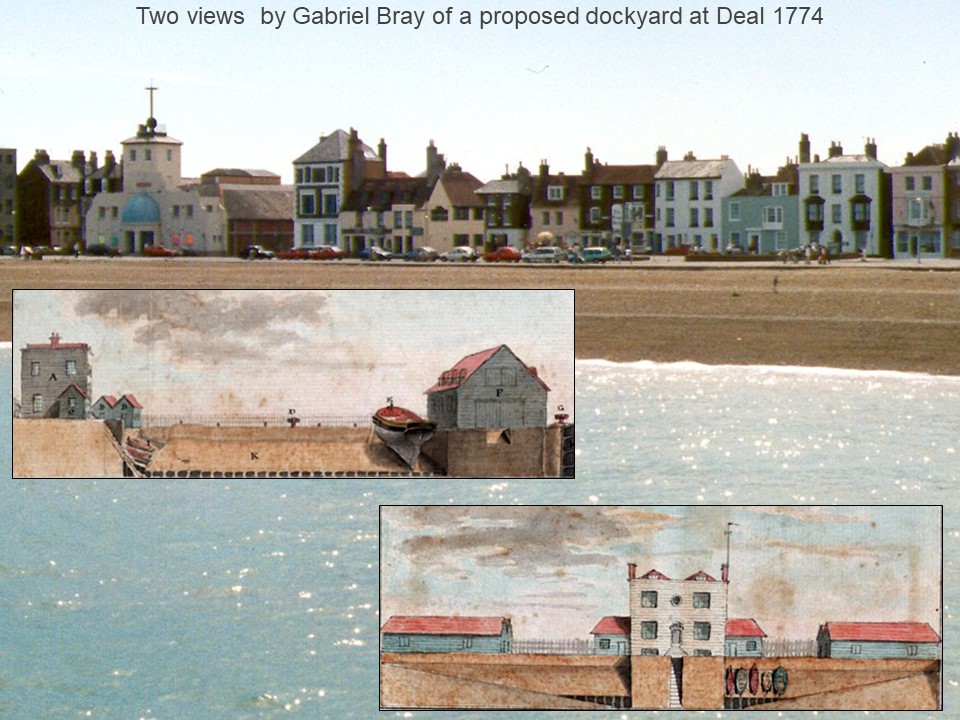 |
| No. 15 of 74 (PAJ1976 - PAJ2049) A drawing of a waterman signed and dated 'AV GB Nov 74' (to the life Gabriel Bray). This and PAJ1991, both made at Portsmouth before Bray sailed in the 'Pallas' for Africa in December 1774 are unique, specific records of the low-life denizens of a vanished waterfront world. |
 |
| No. 28 of 74 (PAJ1976 - PAJ2049) The tightly bound 'queue' suggests this may be an older seaman or ex-seaman. If sketched ashore in mid-1774 it might be Bray's father, John, a naval lieutenant who died in 1795, though this is no more than speculation. |
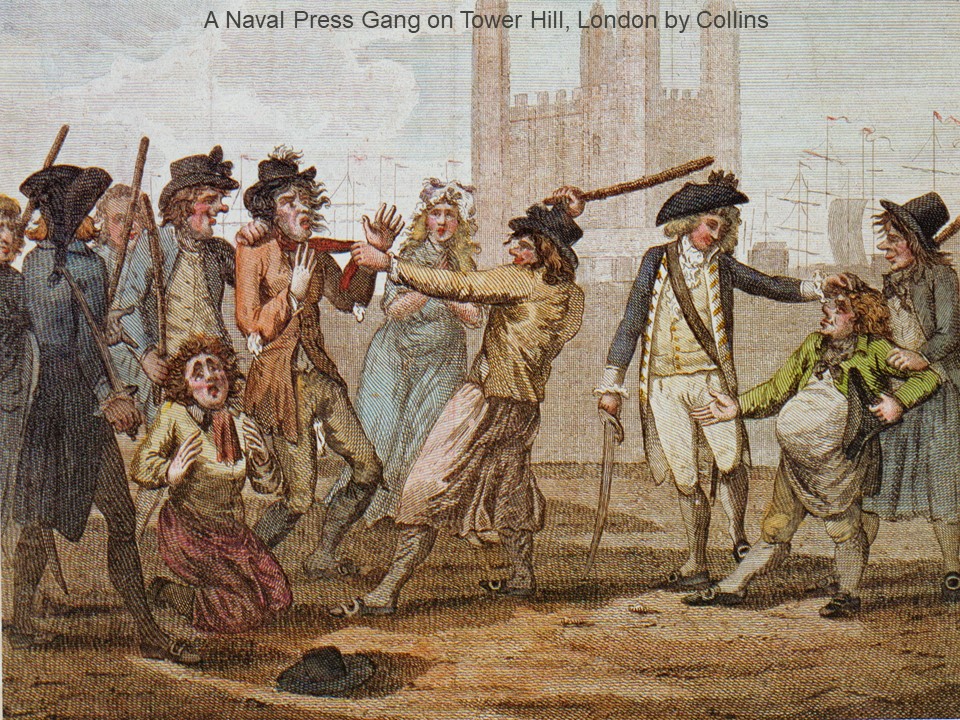 |
| No. 10 of 74 (PAJ1976 - PAJ2049) Titled as above and signed, twice, 'AVprGB' (to the life by Gabriel Bray), once on the drawing itself with the date 'Oct 74', and once on the remains of an early backing sheet with the title. The King's Arms on Tower Hill, London, was the City naval rendezvous, most significantly for the local impress service, which included both voluntary recruitment and the 'press gang' when emergency required this. Recruits of both sorts were housed on the 'Enterprise', the name of a series of receiving ships moored off the Tower, before being shipped down to Sheerness and beyond by naval tenders. Whether this bill-sticker was specifically naval (for recruiting posters) is not clear, since there were many other sorts, but this anonymous portrait is an extraordinary record of a worker at one of the lowest levels of London life. He appears to be wearing a dilapidated fair wig on top of naturally dark hair. Since there are several October 1774 drawings in the Bray album which may be London subjects, with Portsmouth ones dated only from November, it is possible Bray was at the King's Arms waiting for (free) passage by sea round to Portsmouth on one of the naval tenders, rather than taking the public coach. |
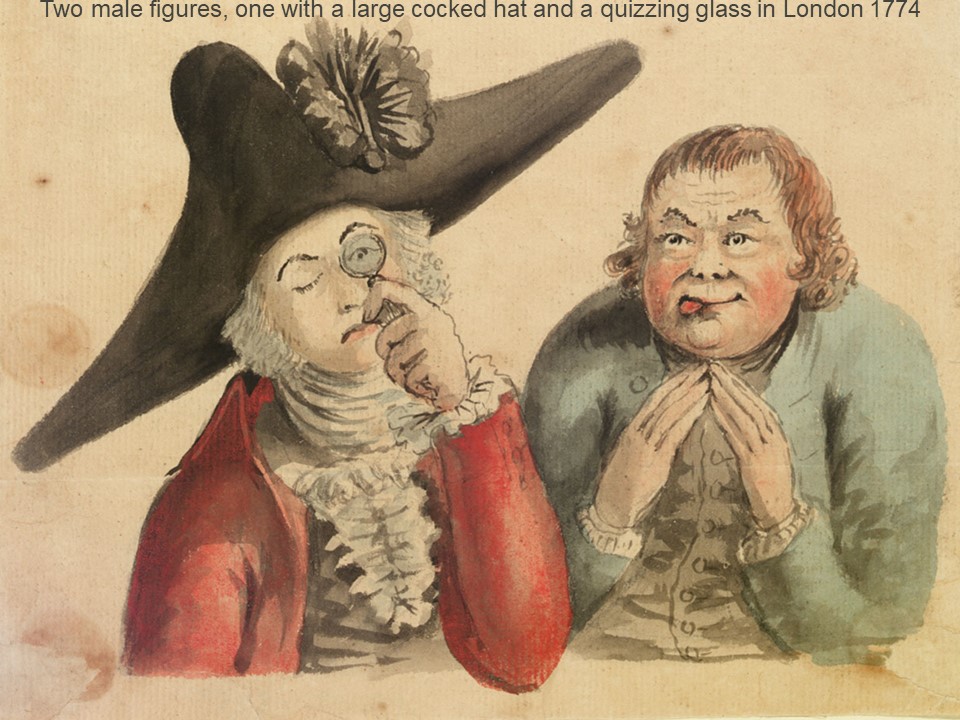 |
| No. 29 of 74 (PAJ1976 - PAJ2049) Titled and dated as above and signed 'AVprGB' (to the life by Gabriel Bray) on the backing paper, this probably shows a midshipman, apparently dozing in a slightly precarious position on the ship's taffrail. Her stern lantern and red ensign are seen behind (the latter, then senior naval ensign and the general British merchant flag, being the one flown by warships on independent commission). |
 |
No. 39 of 74 (PAJ1976 - PAJ2049) Titled and dated as above and signed 'AVprGB' (to the life by Gabriel Bray) at the top, and also initialled 'GB' in the top right corner of the drawing itself. This is a wonderfully well observed record of a greengrocer's shop on old Portsmouth Point, drawn while the 'Pallas' was fitting out to sail for Africa in December 1774. The neatly dressed female proprietor sits 'at the receipt of custom' inside the door. Autumn fruit is stacked in baskets outside an open casement window to the left, with baskets of vegetables on a bench below. Others lie to the right on a smaller bench below a bay display window. While the fruit is not specifically identifiable (though probably all local) the vegetables appear to be cabbages, possibly lettuce, spring onions, leeks and carrots. The shop also sells tobacco, since bundles of clay pipes lie on the top shelf in the window to the right. |
|
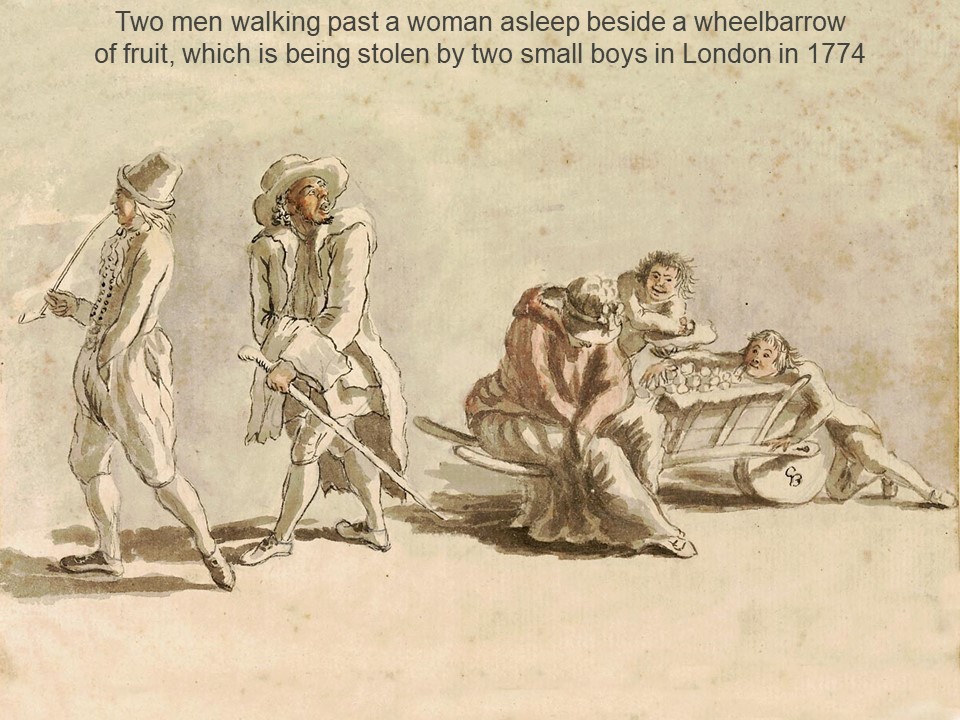 |
| No. 42 of 74 (PAJ1976 - PAJ2049) Signed and dated 'AvprGB (to the life by Gabriel Bray) Jan 1775 Pallas'. While the sitter is unidentified, he is clearly a lieutenant of the 'Pallas' and the drawing shows how officers must have looked much of the time in working 'undress' uniform. It may show the first lieutenant, Alexander Agnew, whose career came to an end in 1780 after an irresolute engagement with French privateers of Flamborough Head, Yorkshire, when he was Master and Commander of the 16-gun sloop 'Fury'. He was subsequently dismissed from the service by a court-martial |
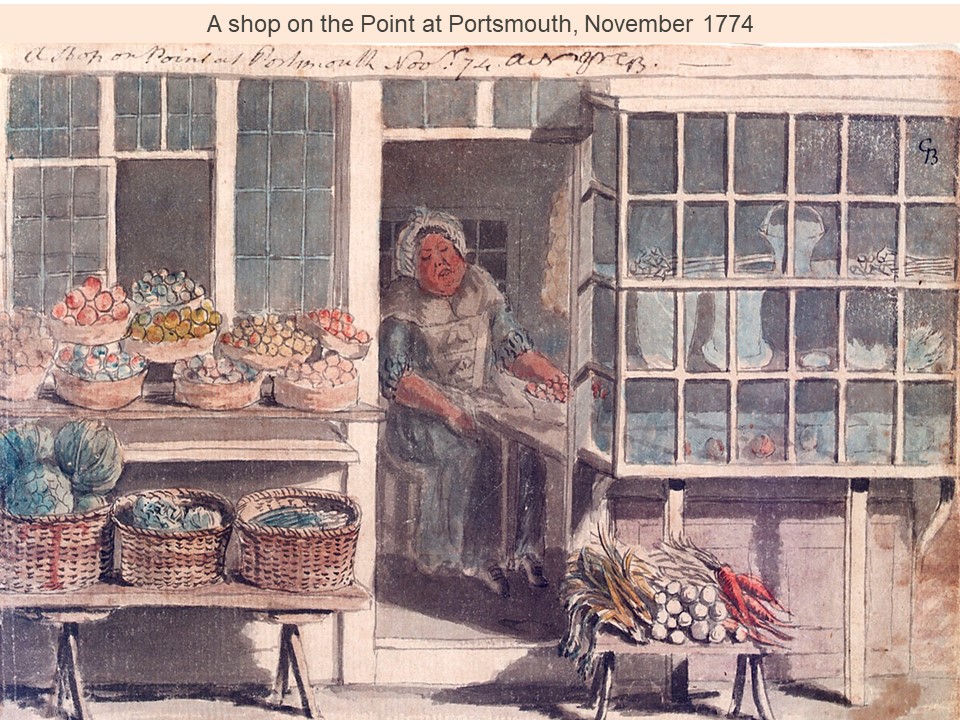 |
| No. 13 of 74 (PAJ1976 - PAJ2049) Dated and signed 'Oct 74 AVprGB' (to the life by Gabriel Bray), this was almost certainly observed in London while Bray was on his way to join the 'Pallas' at Portsmouth in autumn 1774. |
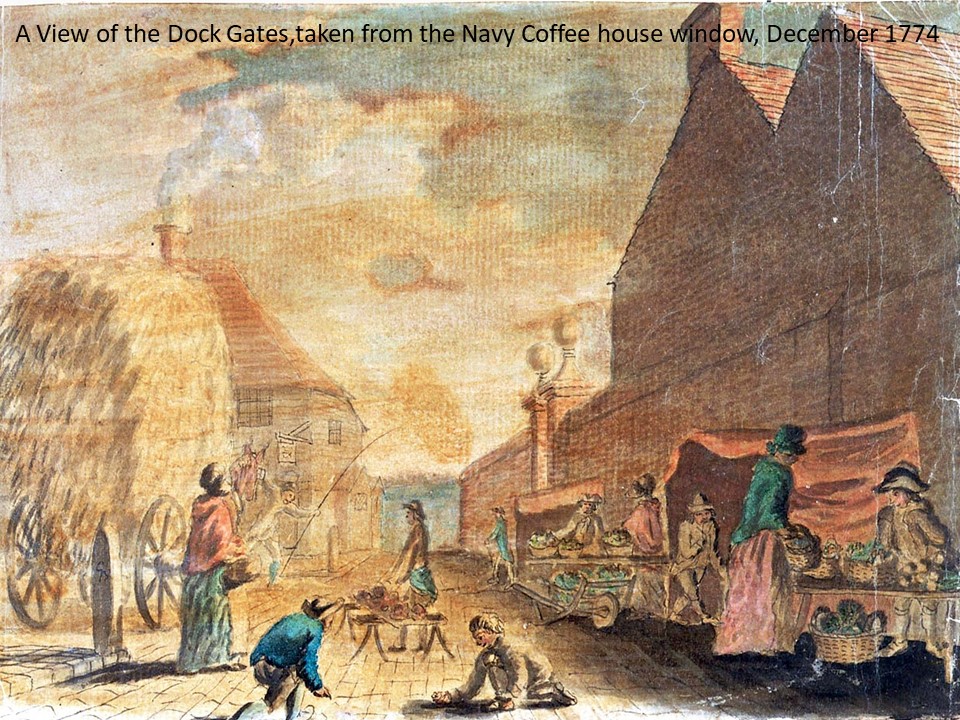 |
No. 4 of 74 (PAJ1976 - PAJ2049) Dated and signed 'May 74 AVprGB' (to the life by Gabriel Bray), this sketch of a long-horned cow resting by a bush was probably done in Kent, while Bray was at home there before being appointed to the 'Pallas' for a voyage to Africa later in the year. |
|
 |
| No. 44 of 74 (PAJ1976 - PAJ2049) Dated and signed 'March 75 AVpGB' (to the life by Gabriel Bray), this drawing presumably shows a young seaman of the 'Pallas' doing his 'party trick'. Bray gave it no title and whether the man is oriental, as suggested by the Museum's initial titling, is perhaps open to question |
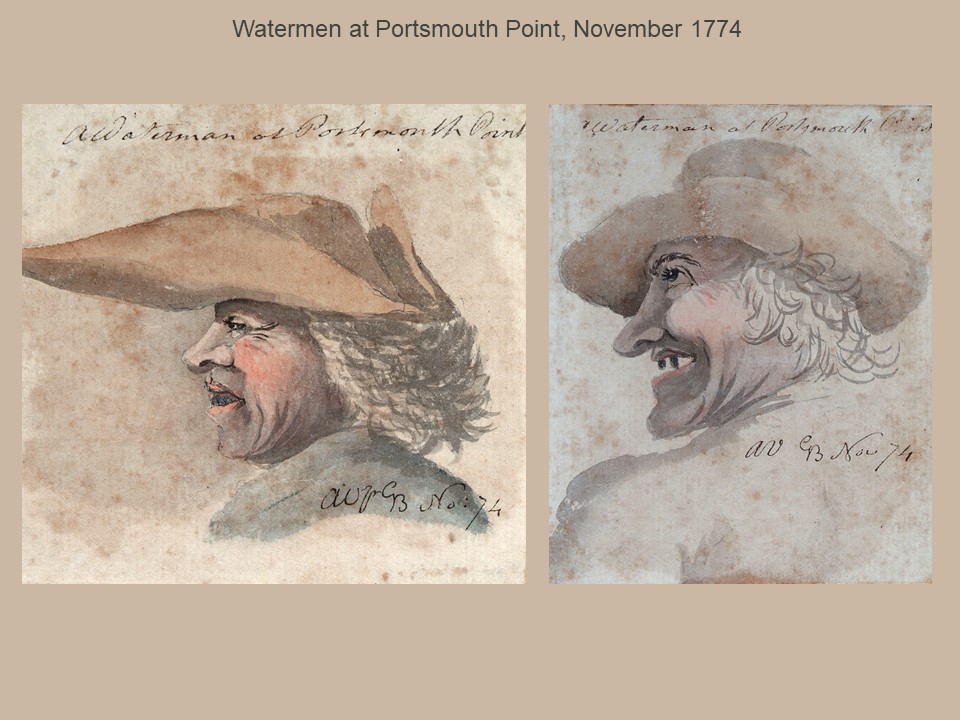 |
No. 26 of 74 (PAJ1976 - PAJ2049) A drawing of a young man dated and signed 'Decr: 74 AVprGB' (to the life by Gabriel Bray), the date suggests this is possibly one of the 'Pallas's' midshipmen or master's mates, though the dress is unspecific. |
|
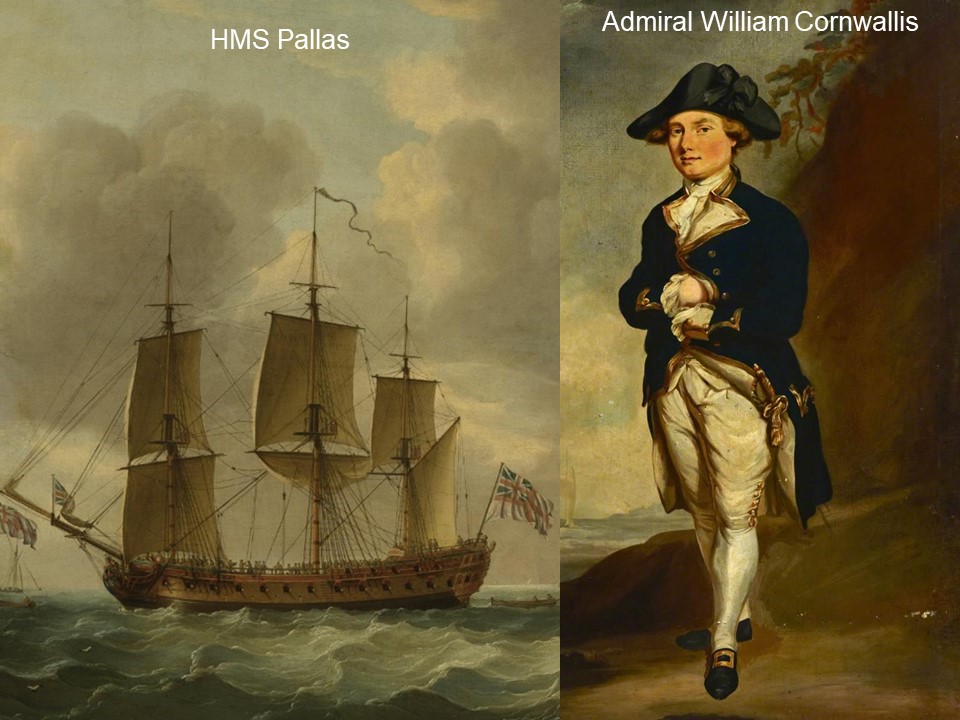 |
| No. 56 of 74 (PAJ1976 - PAJ2049) Dated and signed 'April 75 AVprGB' (to the like by Gabriel Bray). This was probably sketched on the 'Pallas's' transatlantic passage from Africa to Barbados, from 4 April to 31 May 1775. The location in the ship is probably almost the same as in PAJ2023, on the port side of the main gundeck forward hatch, looking forward, with the port anchor cable snaking out of the lower foreground and temporarily hoisted overhead, out of the way while making passage. The forward companionway rises to the deck above on the right. The seamen on the left is sitting in a sea chest marked 'CDN 17' (probably CD No. 17), his number and place in the ship (see PAJ1989). |
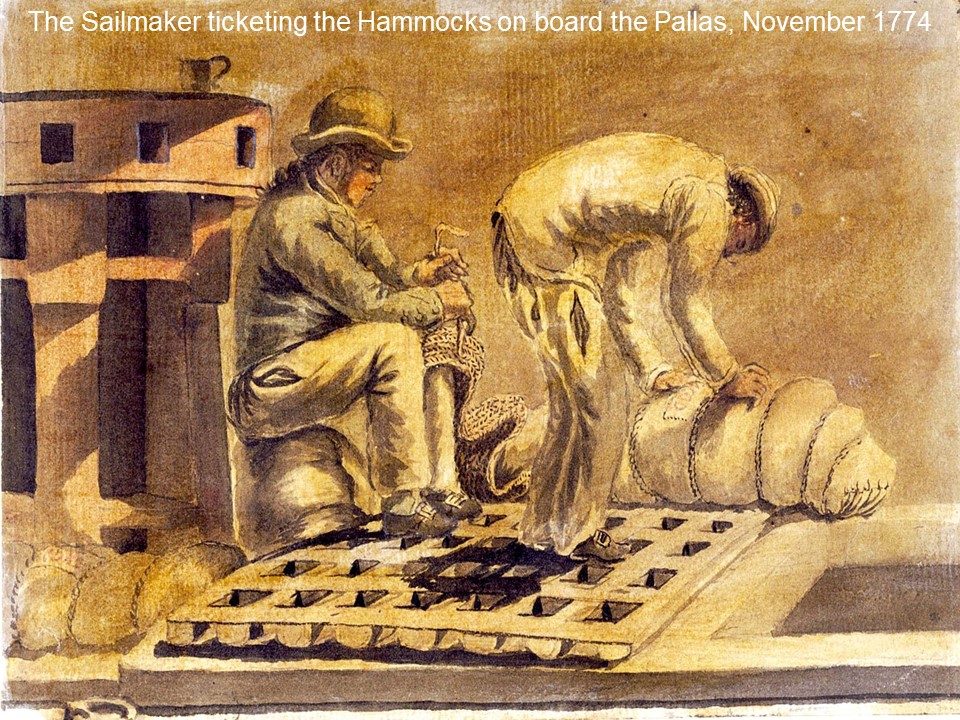 |
| No. 5 of 74 (PAJ1976 - PAJ2049) Dated and signed 'May 74 AVprGB' (to the life by Gabriel Bray), this sketch of what is probably a riding horse (from the docked tail) is likely to have been done in Kent, while Bray was at home before being appointed to the 'Pallas' for a voyage to Africa later in the year. |
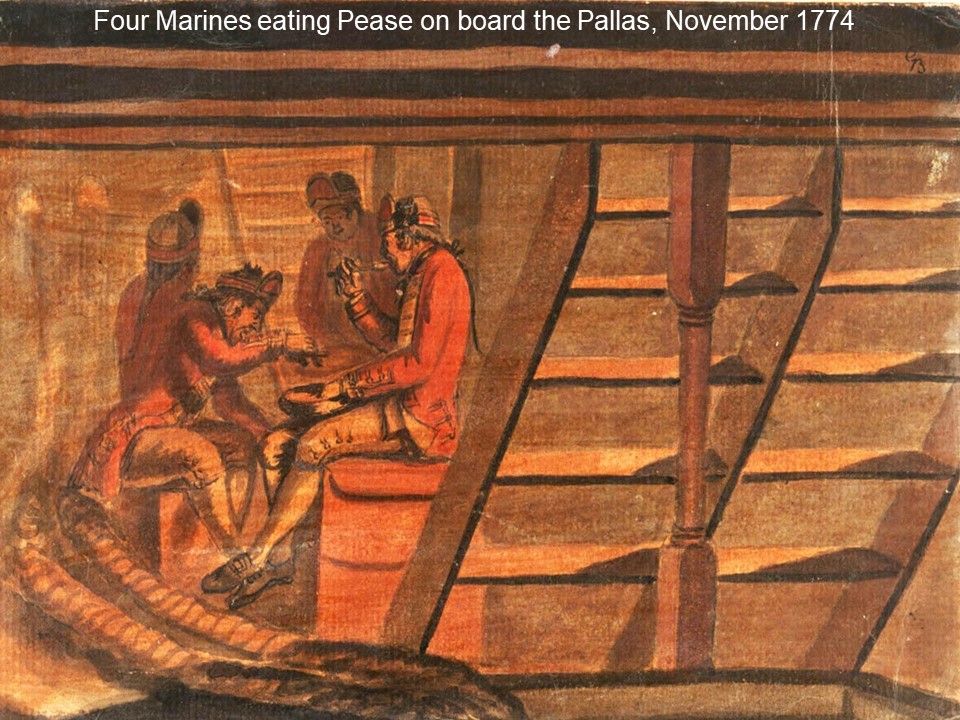 |
| No. 55 of 74 (PAJ1976 - PAJ2049) Dated and signed 'April 75 AVprGB' (to the life by Gabriel Bray). The ships mount about 11 guns a side, suggesting they are small firgates of about 26-28 guns. The ensigns of both lack the blue and Scottish saltire element in the upper quadrant, which may just be an unfinished detail. A naval lugger (possibly a launch or longboat) is in the foreground. Since Bray has signed the drawing with his usual 'ad vivum' abbreviation, it may be a scene he observed off Africa during the 'Pallas' voyage, or perhaps one closer to home just finished at sea later: for he clearly did not do everything strictly from life, as shown by his sketching subject in PAJ2025. The ship on the left flies the red ensign often signifying one on independent commission, while the white one suggests the frigate on the right is from a command under a flag officer of the white squadron. This vessel also shows a rare example of the use of a long square driver (sail) hoisted in a following wind to the peak of the lateen mizzen yard, which normally carries a fore-and aft sail. Neither ship appears large enough to be the 'Pallas'. |
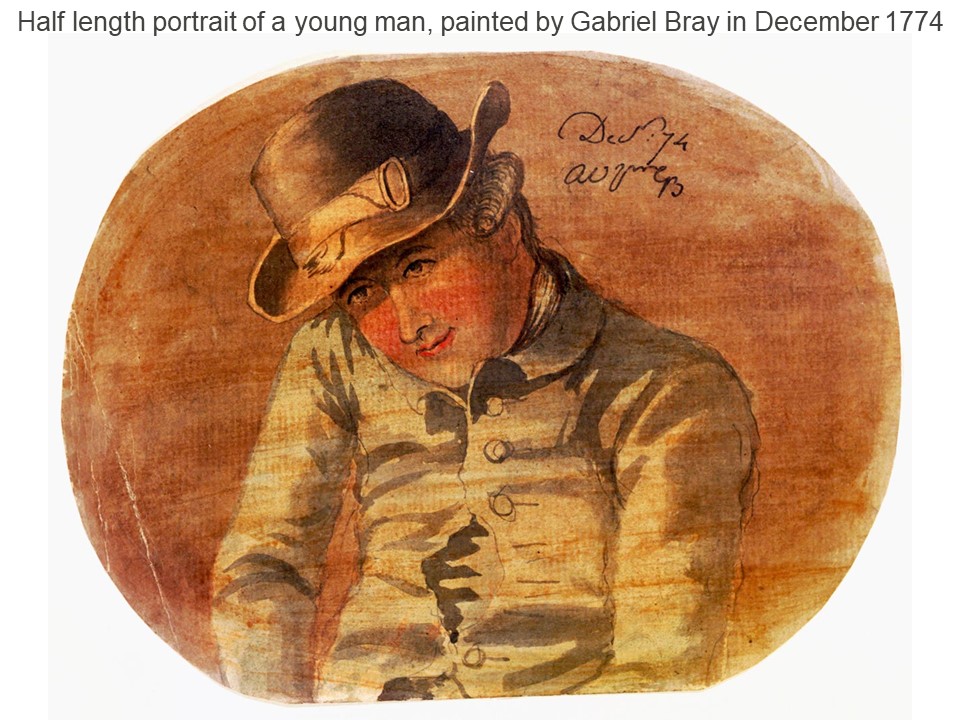 |
No. 49 of 74 (PAJ1976 - PAJ2049) Dated and signed on the backing sheet 'March 75 AVpGB' (to the life by Gabriel Bray). This is one of two such self-portraits in the Bray album, the other showing him painting in watercolours (and probably using the same mirror) being PAJ2025. Both also show the long hair which men of the time could favour, usually tied back into a queue (pigtail) with ribbon among sailors (and soldiers) and powdered white in formal circumstances. Both these drawings are among 73 by Bray (plus one signed 'NF 1782') preserved in a 19th-century album.
The scene of both is perhaps more likely the ship's wardroom rather than Bray's sleeping cabin, which would have been very small, and both would probably have been done using the mirror shown in PAJ2024. Bray is also sitting on the same chair, or one of the same pattern, to that shown in his portrait of another of the ship's lieutenants (PAJ2017). |
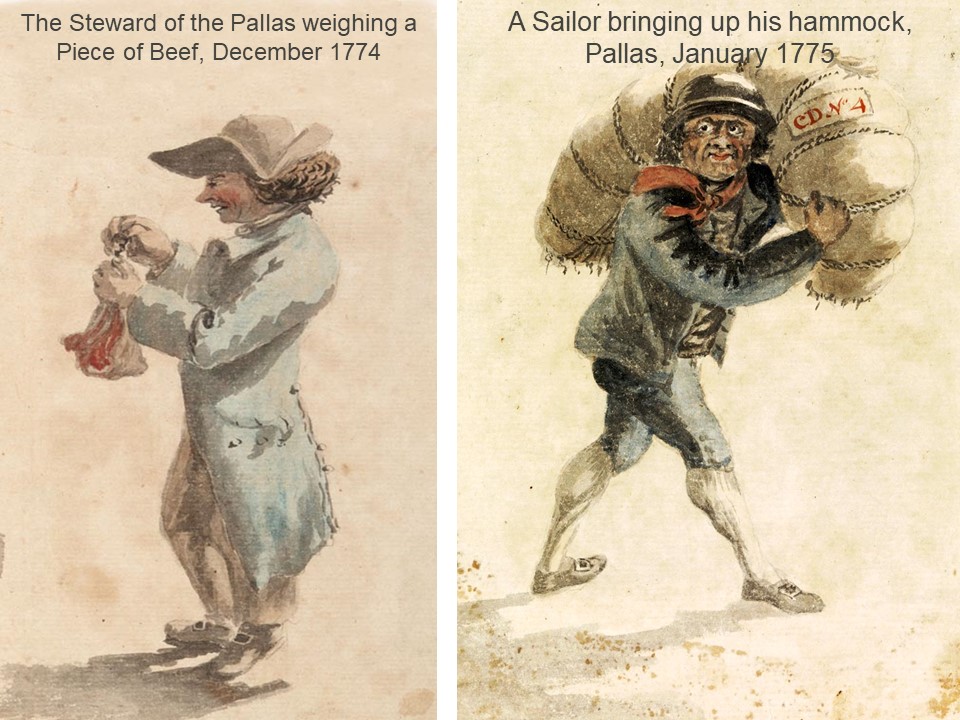 |
| No. 33 of 74 (PAJ1976 - PAJ2049) A view taken en route to Africa in the 'Pallas', probably in the harbour at Santa Cruz de Tenerife. The men are using a launch, the largest boat ships normally carried, to recover a ship's bower or stream anchor - both large and heavy. Anchors were sometimes lost or slipped in a hurry in mooring areas, their position marked by the buoyed cable: when possible they were later retrieved for collection or sometimes even sent on to rejoin their ship. |
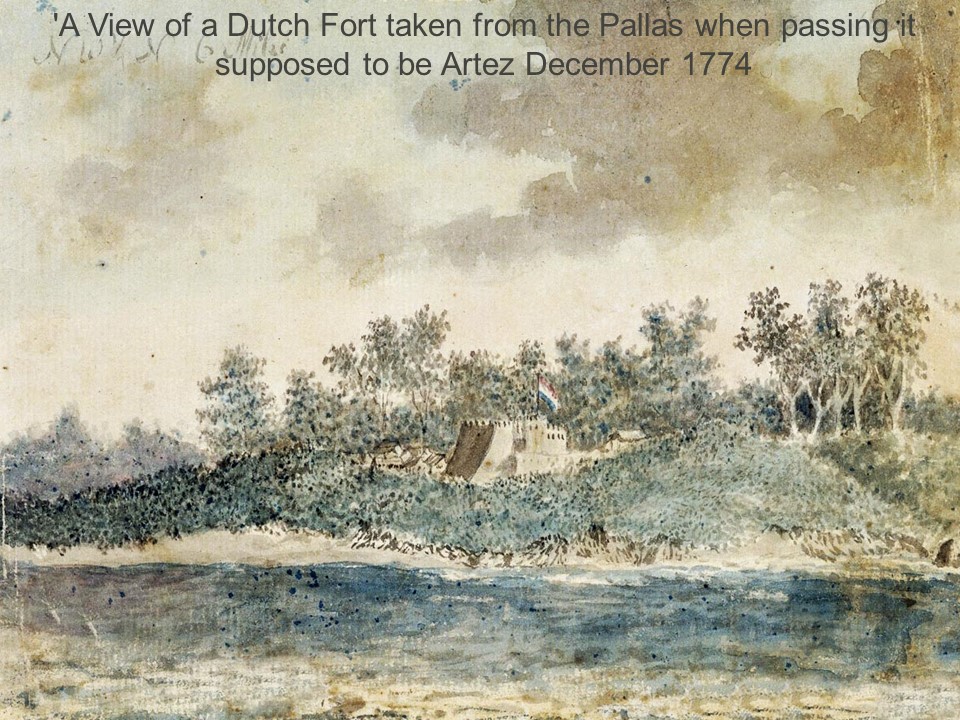 |
| No. 23 of 74 (PAJ1976 - PAJ2049) A drawing of a steward signed 'AVprGB' (to the life by Gabriel Bray), this was probably done at Portsmouth when the 'Pallas' was on the point of sailing for Africa in December 1774 or at least early in the voyage, since the meat appears to be fresh rather than salted. Ships did carry livestock, but probably delayed slaughtering it until well into the voyage. The steward may be purchasing the meat shown ashore or calculating roasting time before giving it to the galley for the officers' dinner. |
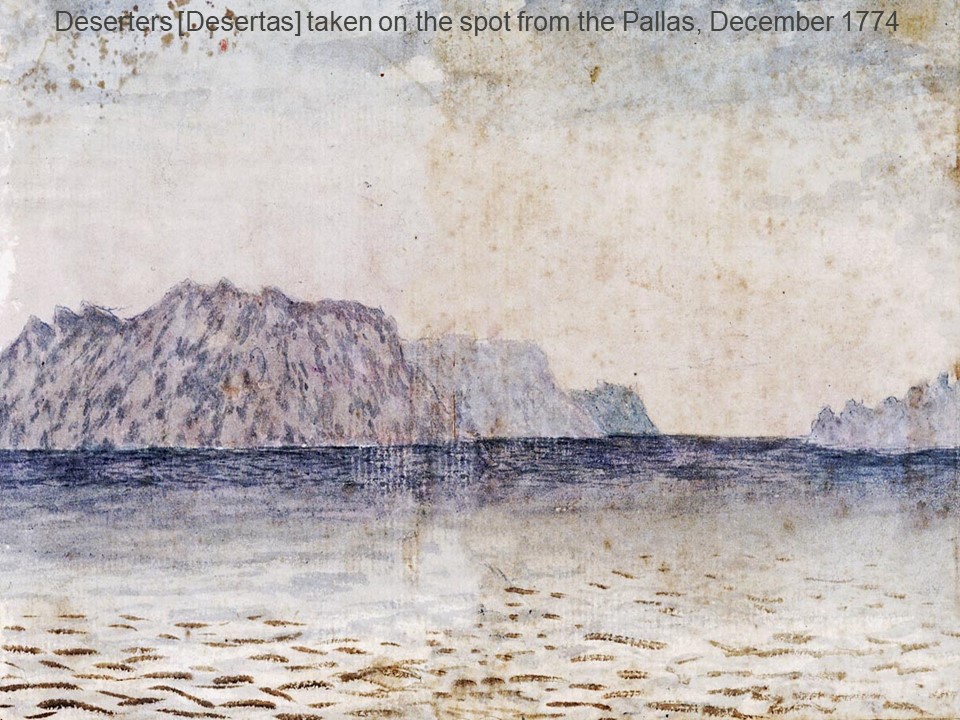 |
| No. 6 of 74 (PAJ1976 - PAJ2049) A drawing of a small cottage signed 'AVprGB' (to the life by Gabriel Bray), drawn in Kent while Bray was at home before being appointed to the 'Pallas' for a voyage to Africa later in the year. |
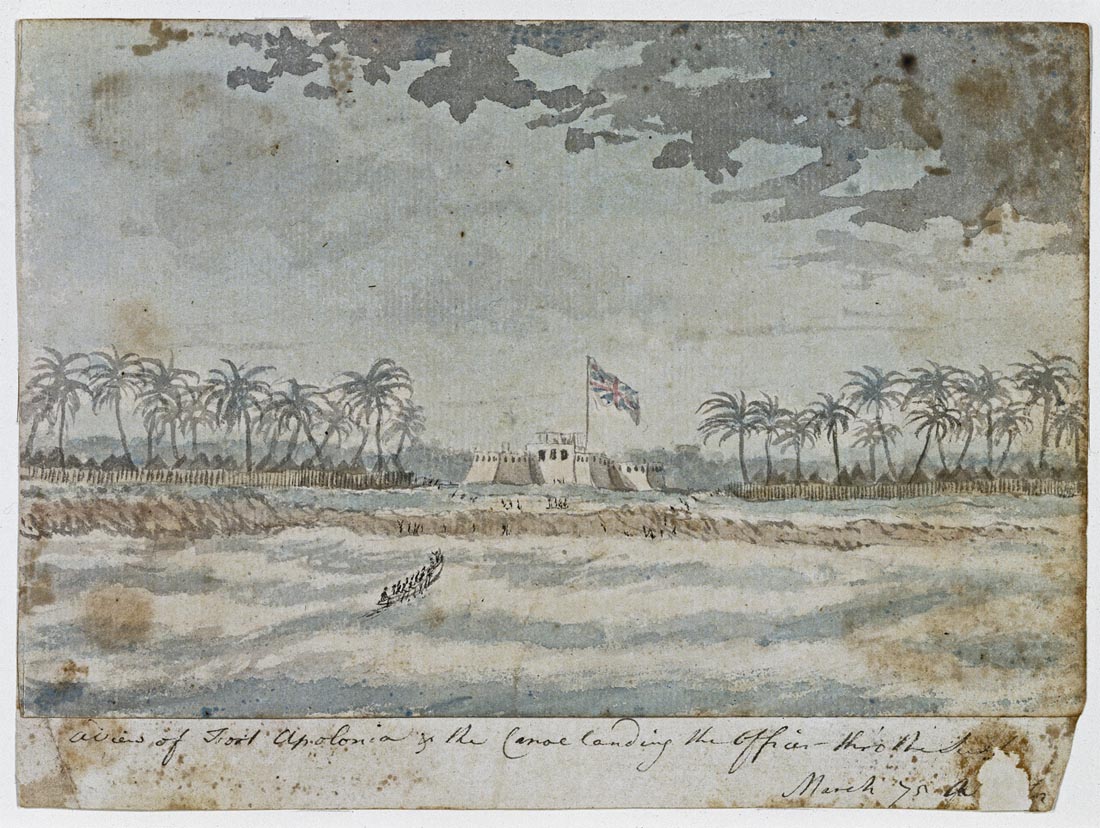 |
No. 41 of 74 (PAJ1976 - PAJ2049) A drawing of a sailor fishing signed and dated 'Jany 75 AVprGB' (to the life by Gabriel Bray). It was drawn on board the 'Pallas', possibly at anchor in Santa Cruz deTenerife, en route for Africa, or in Senegal roads. In terms of subject it is another version of PAJ2015 |
|
 |
| |
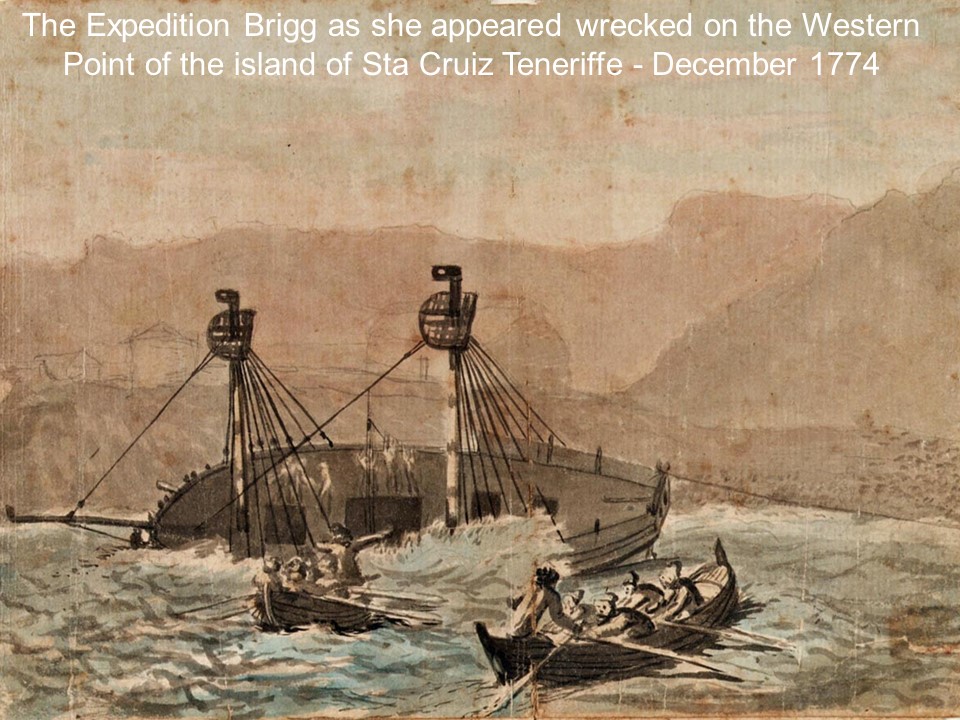 |
| |
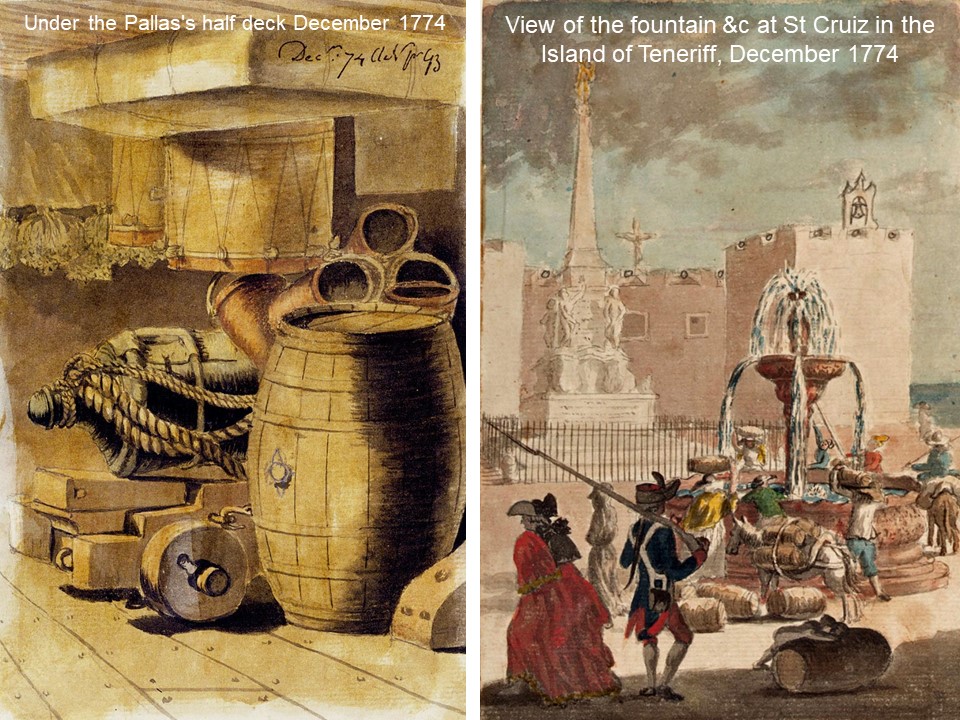 |
| |
 |
| |
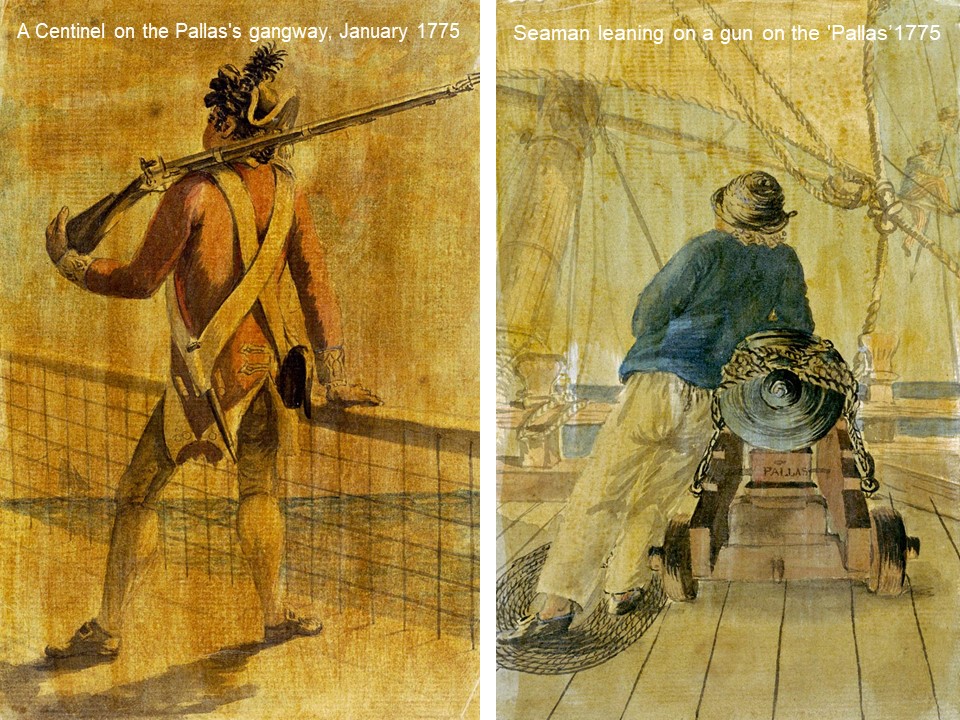 |
| |
 |
| |
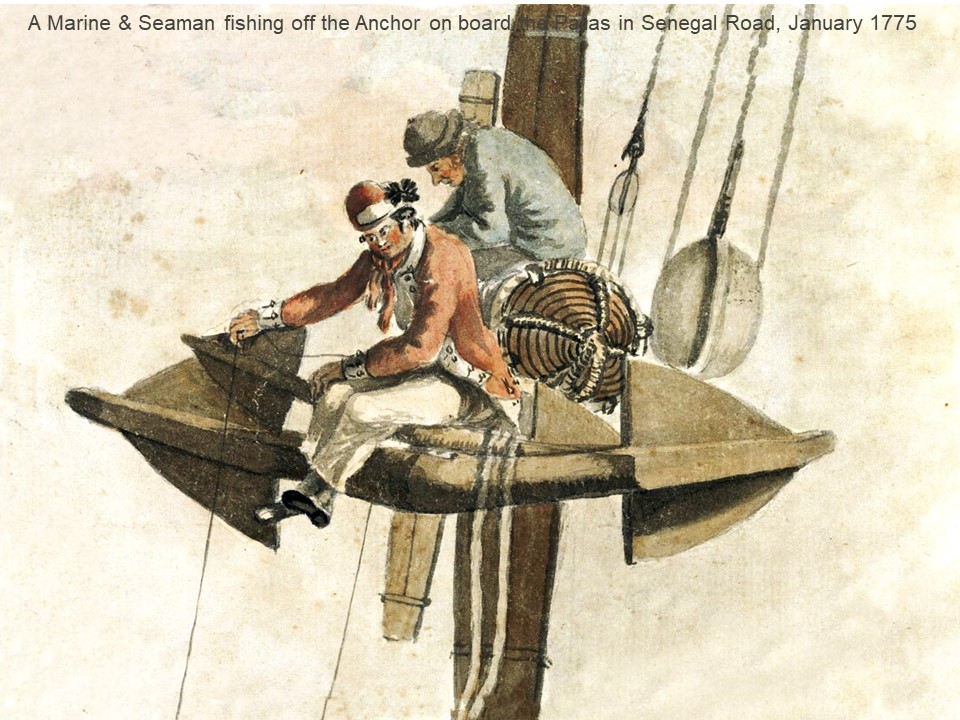 |
No. 51 of 74 (PAJ1976 - PAJ2049) Titled and dated as above, and signed - all on the backing sheet- 'AVpGB' (to the life by Gabriel Bray). This drawing was done on the 'Pallas's' transatlantic crossing from Africa to Barbados, 4 April - 31 May 1775. The scene is likely to be in the ship's cockpit - a lower-deck space, with little natural light, that was the home of midshipmen and master's mates. There they slept, ate and - as shown here - relaxed and studied by candlelight. One of their hanging cots, with a draw-string bag for personal items suspended at its head, can be seen in the top right corner, hanging parallel to the ship's side, as indicated by the positions of the hanging knee and deck beam, top centre. These were the living conditions that 'young gentlemen' first met when they went to sea and it is likely that one or more of those shown are either the Hon. Thomas Pakenham, or Lord Charles Fitzgerald, two of the aristocratic protégés of the ship's captain, the Hon. William Cornwallis. |
|
 |
No. 52 of 74 (PAJ1976 - PAJ2049) Dated and signed 'May 75 AVpGB' (to the life by Gabriel Bray) this slightly caricatured figure must be someone seen on Bray's first African voyage. The dress is not that of an an officer of the Marines, or necessarily military. The tassled cocked hat and rather theatrical 'hand to heart' gesture suggest it may be a Portuguese official from some point along the 'slave coast'. |
|
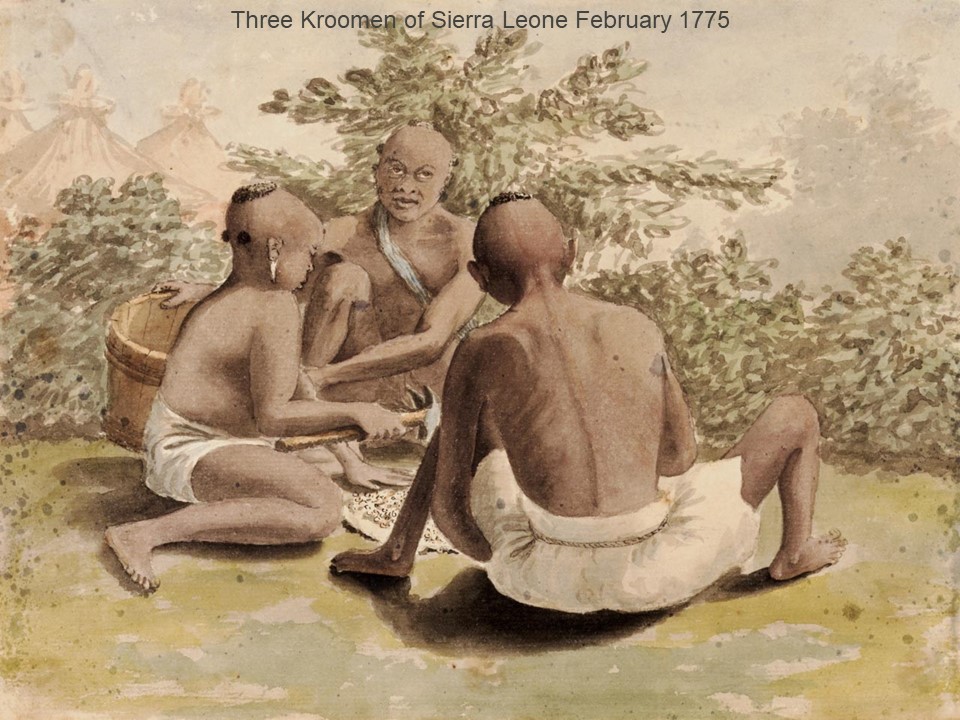 |
| |
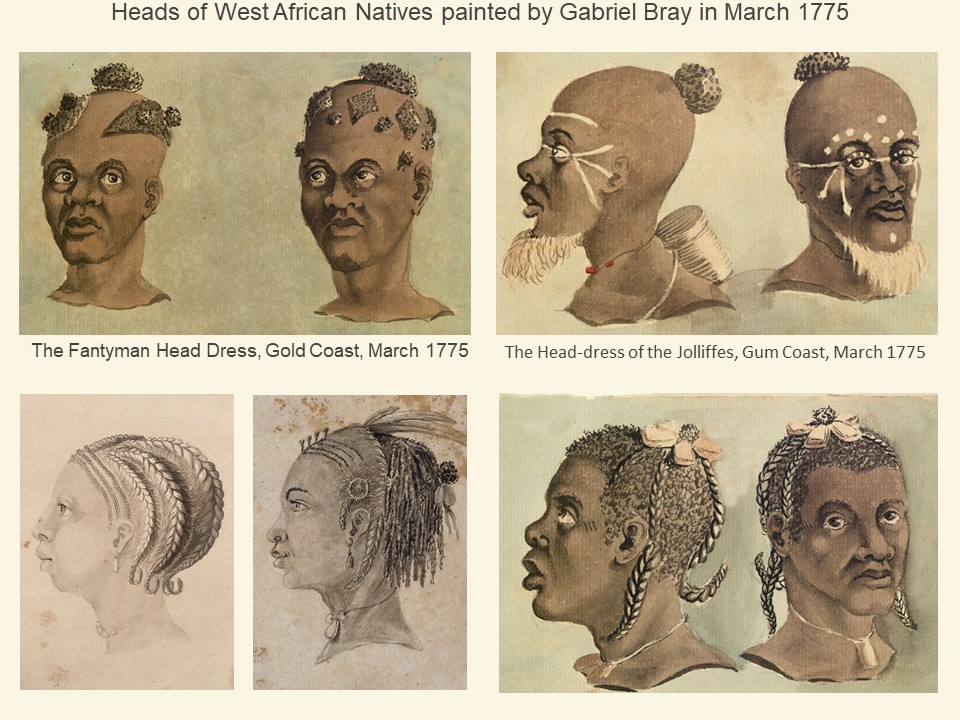 |
No. 25 of 74 (PAJ1976 - PAJ2049) A drawing dated and signed 'Decr: 74 AVprGB' (to the life by Gabriel Bray). This is a still-life study aft on the 'Pallas, with Marines' drums and leather buckets hoisted up out of the way and a gun and (probably) a water cask secured for sea. The gun has what is probably a lead or hardened leather cover lashed over its touch-hole. |
|
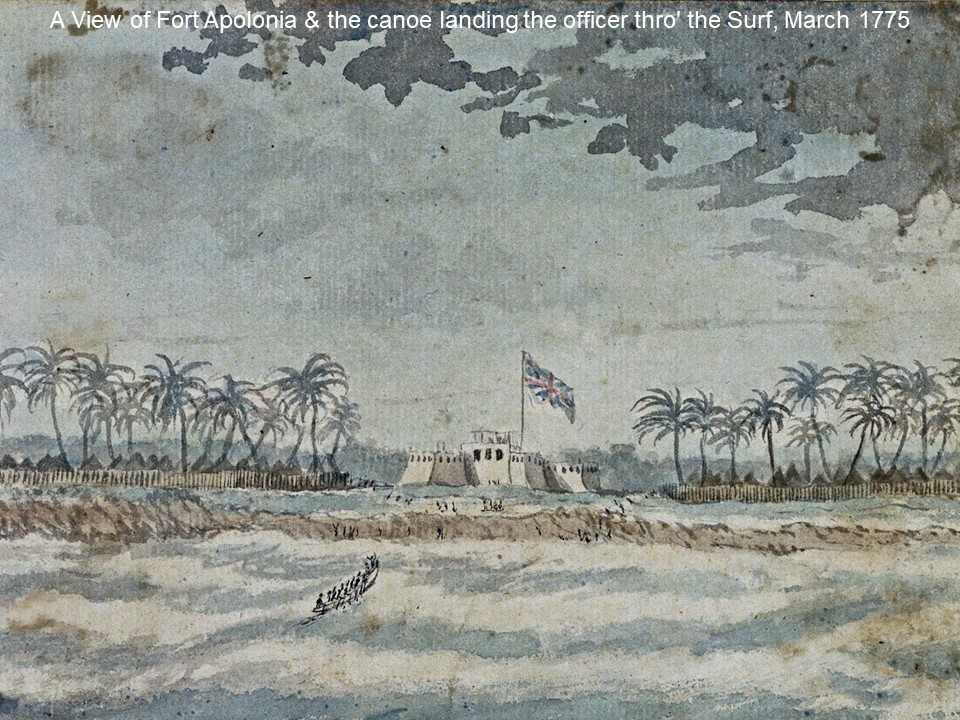 |
| |
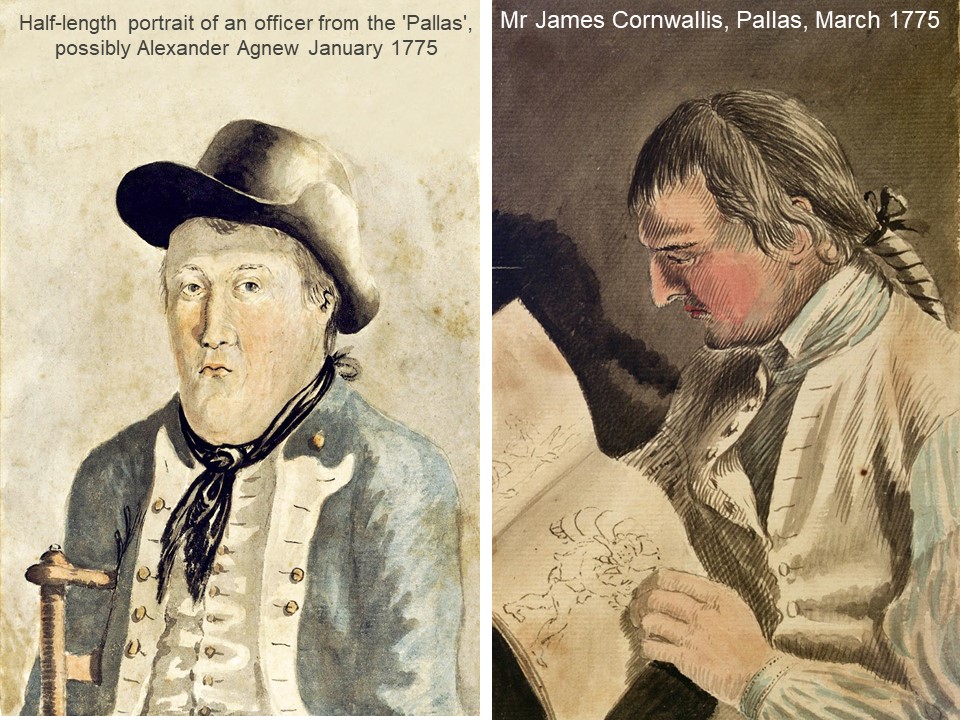 |
| Chalk and lime used in the building of Deal Castle in 1538 were quarried from a pit called Pope's Hall. At the time of the Armada in 1588 Mongeham had a signal beacon which would have been lit to raise the alarm if the Spanish landed. Later, the smugglers hid their spoils near the village |
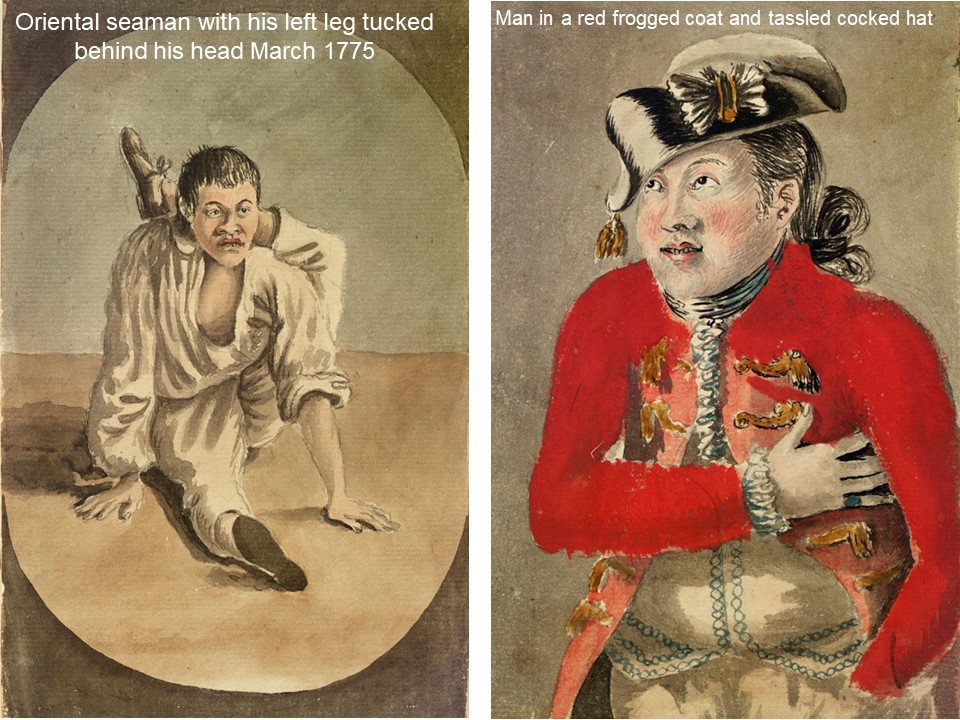 |
| |
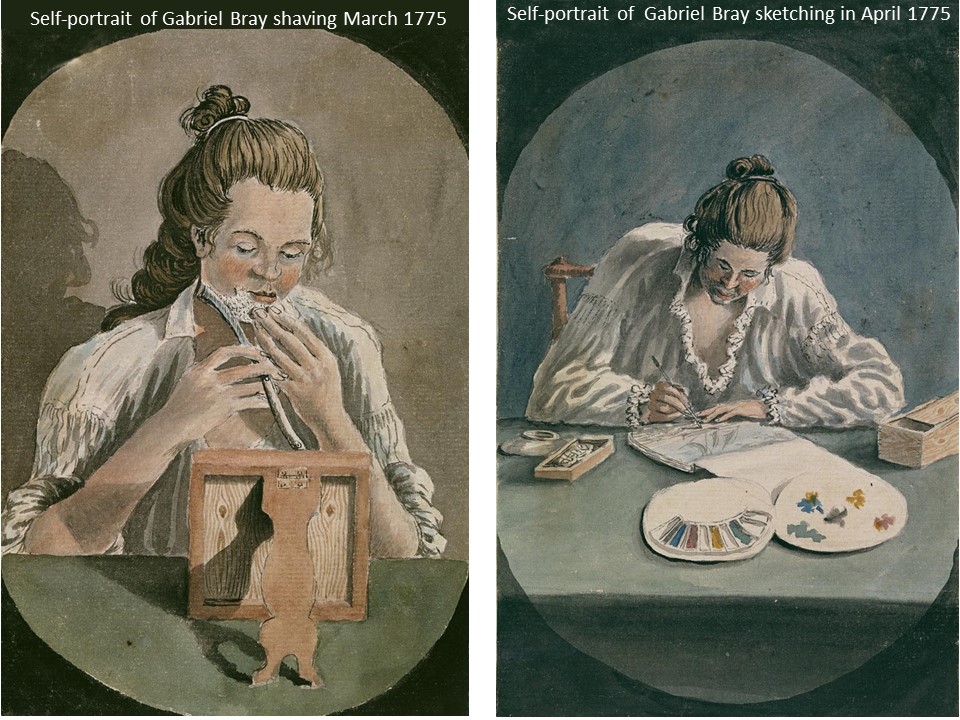 |
| |
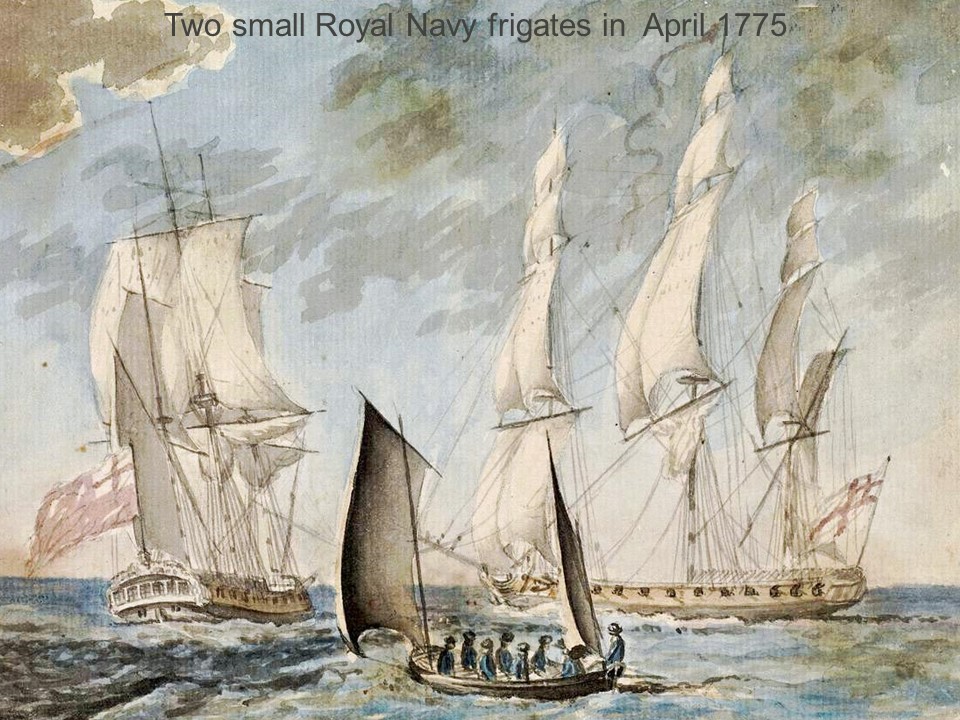 |
| |
 |
| |
 |
| |
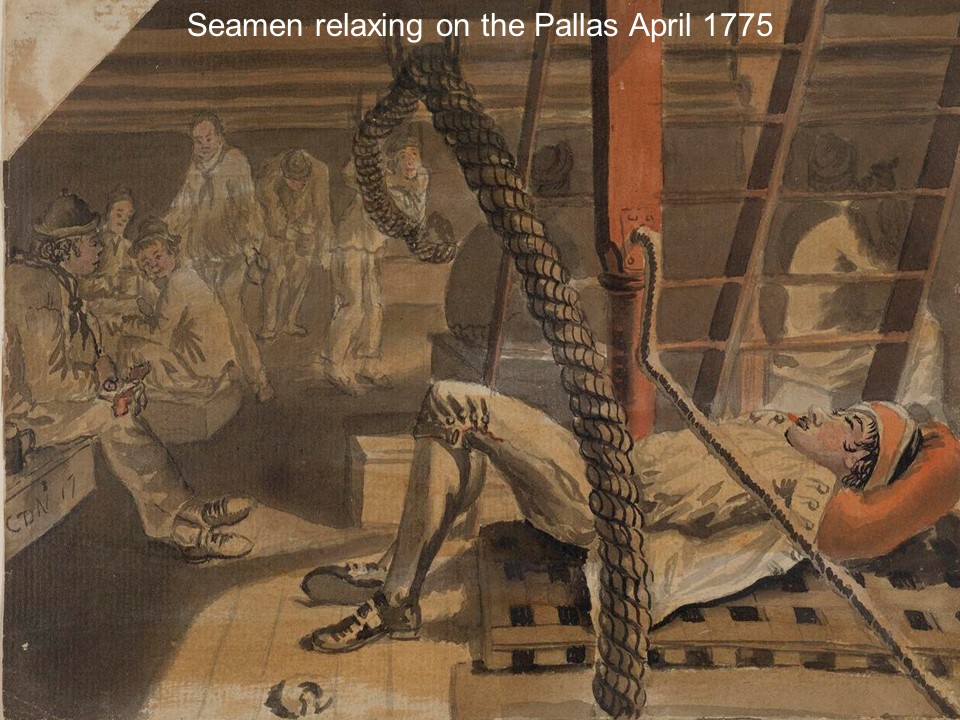 |
| |
 |
| |
 |
| |
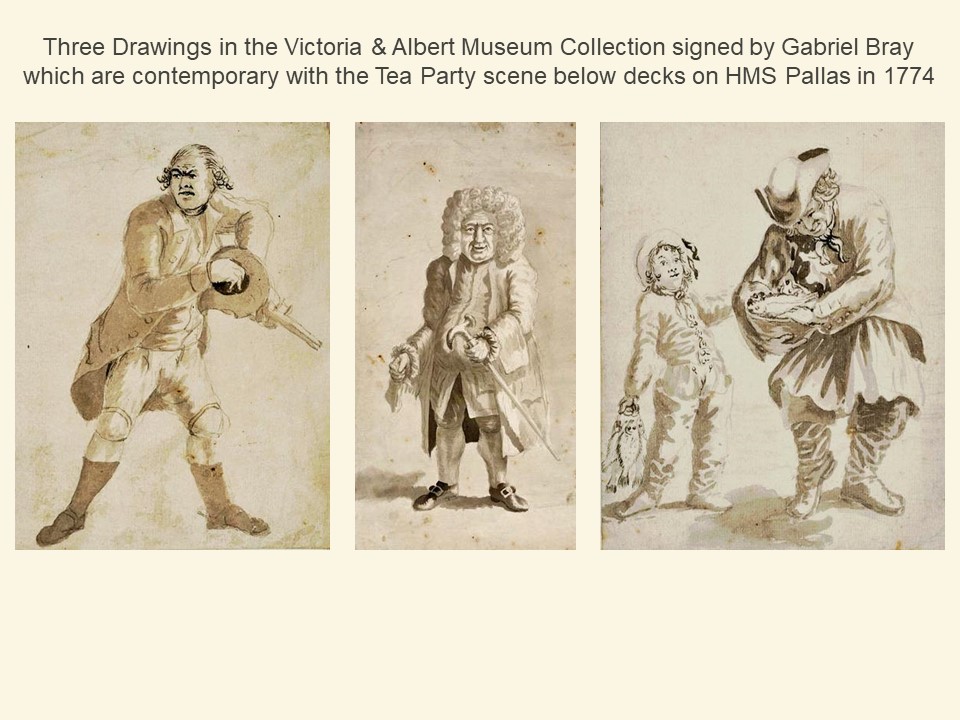 |
| |
 |
| |
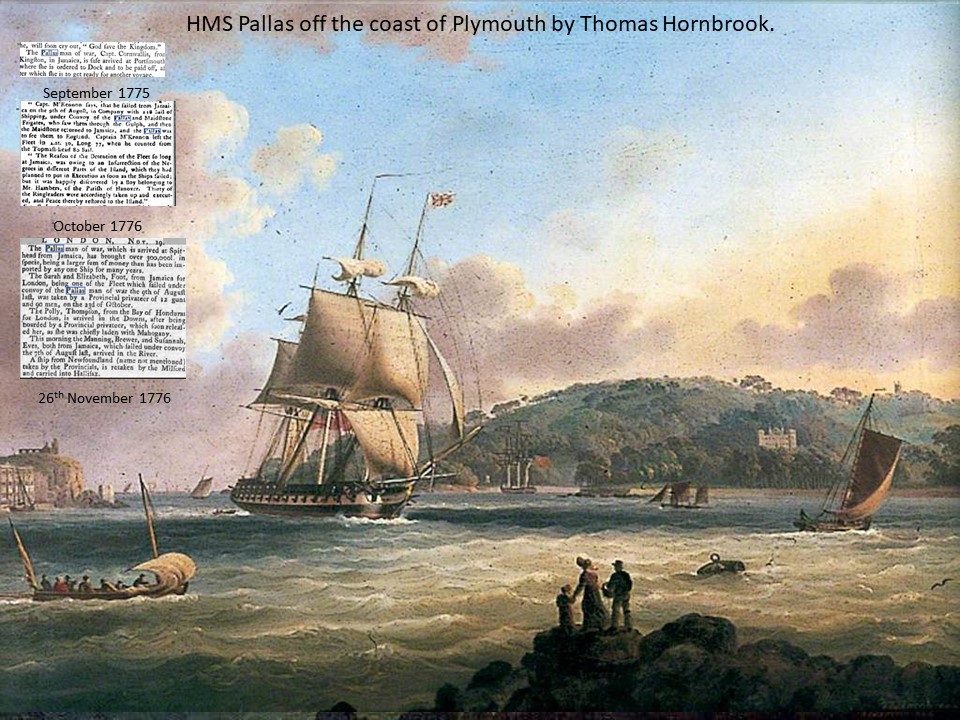 |
| |
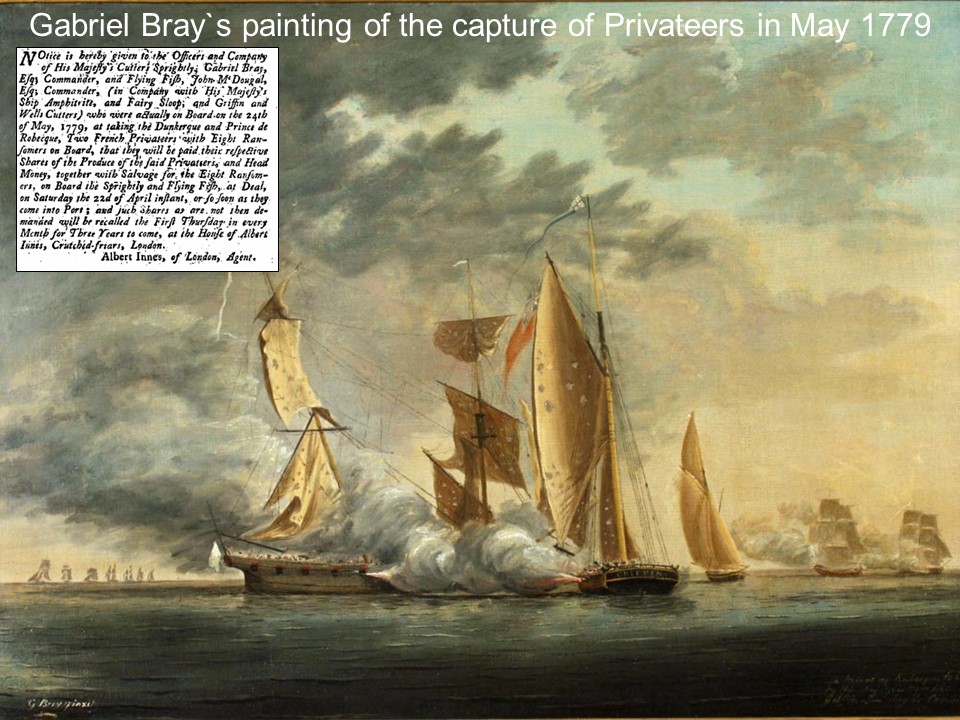 |
| |
 |
| |
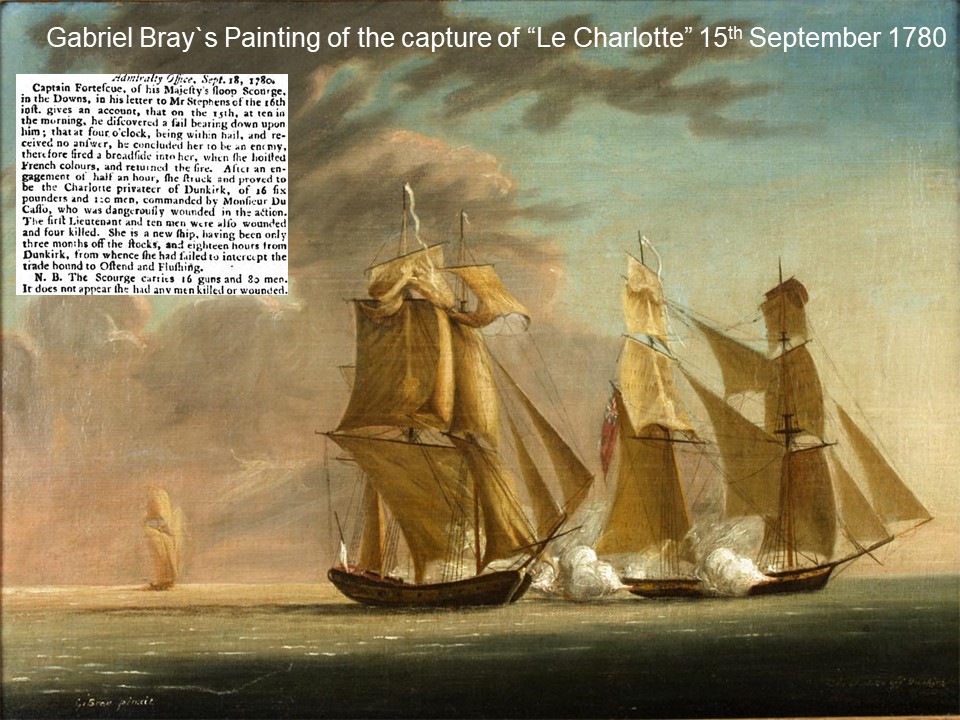 |
| |
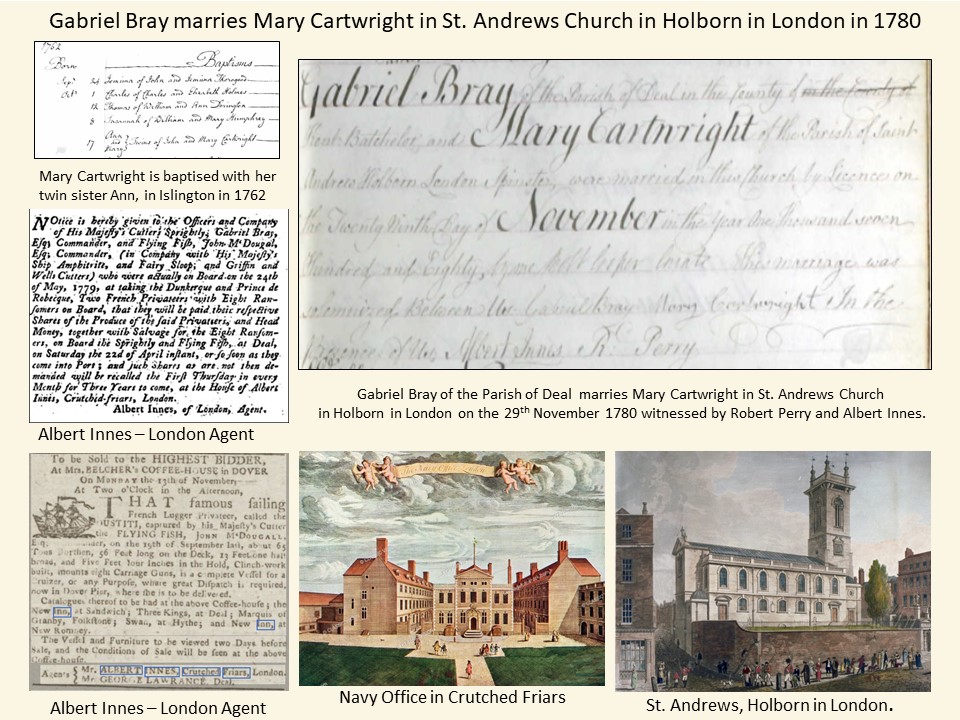 |
| |
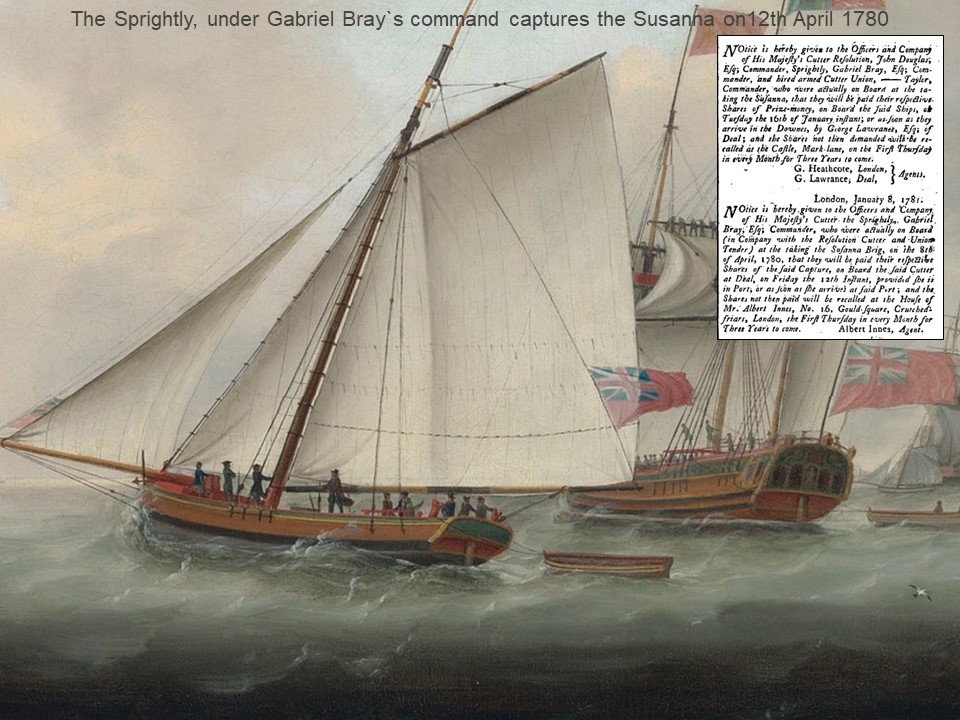 |
| |
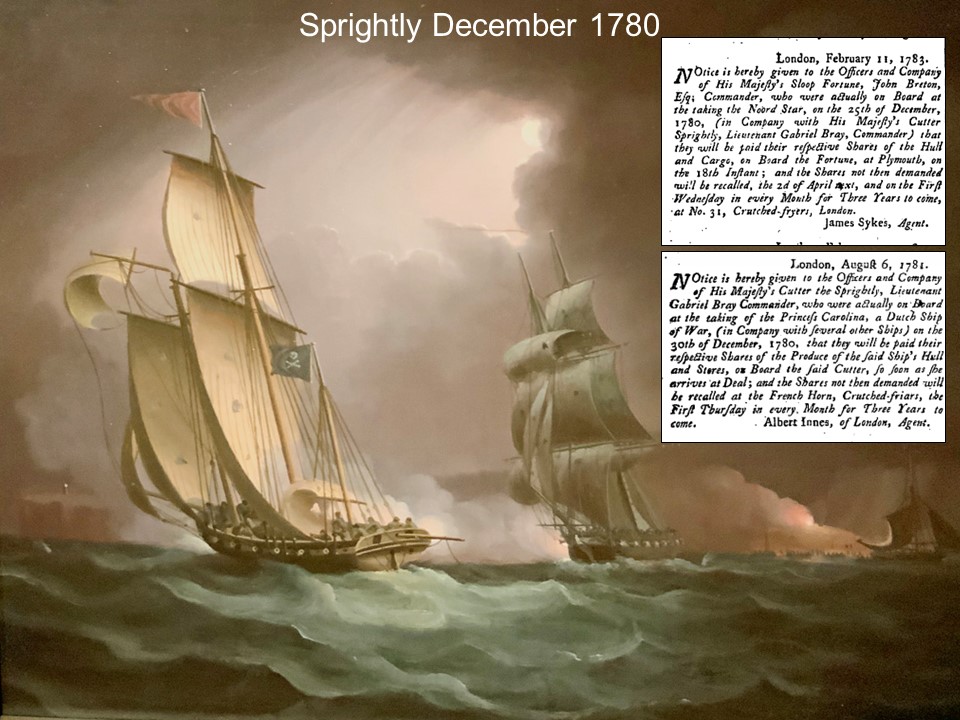 |
| |
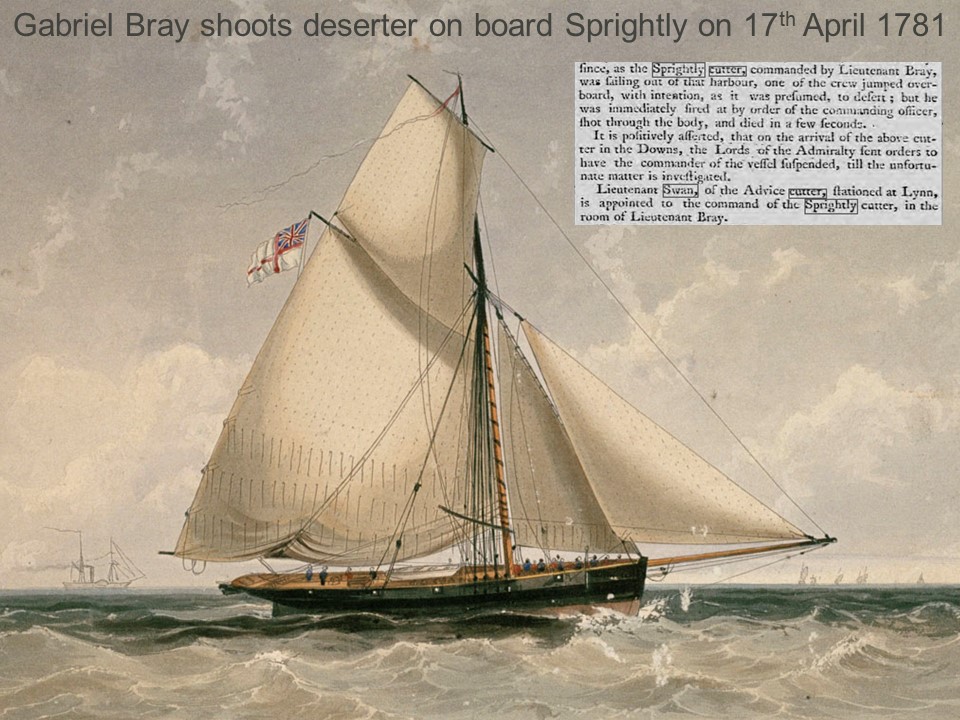 |
| |
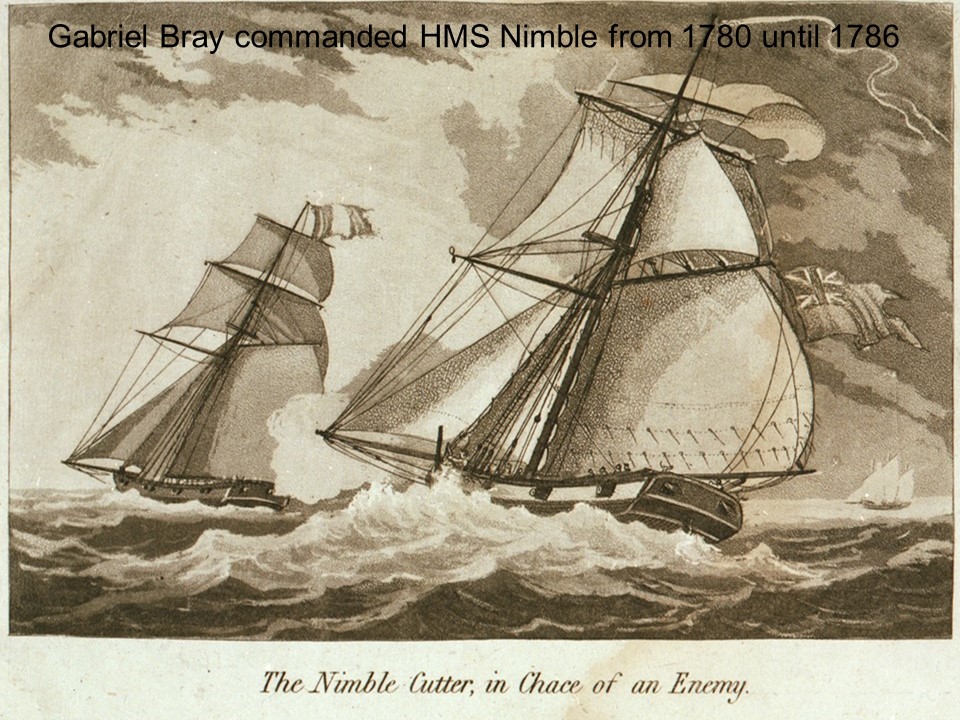 |
| |
 |
| |
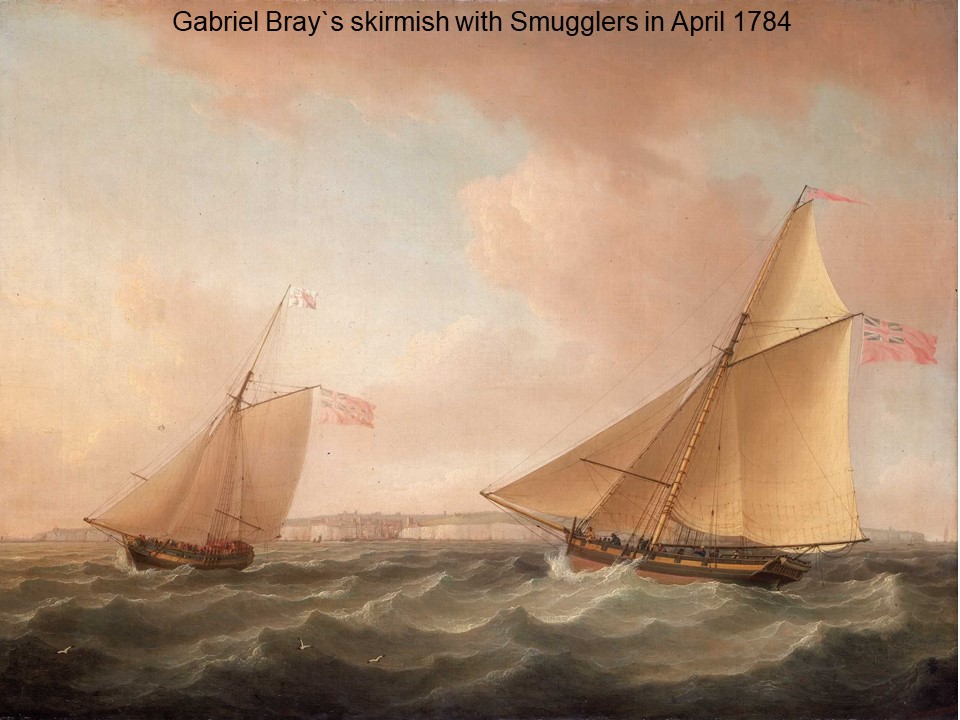 |
| |
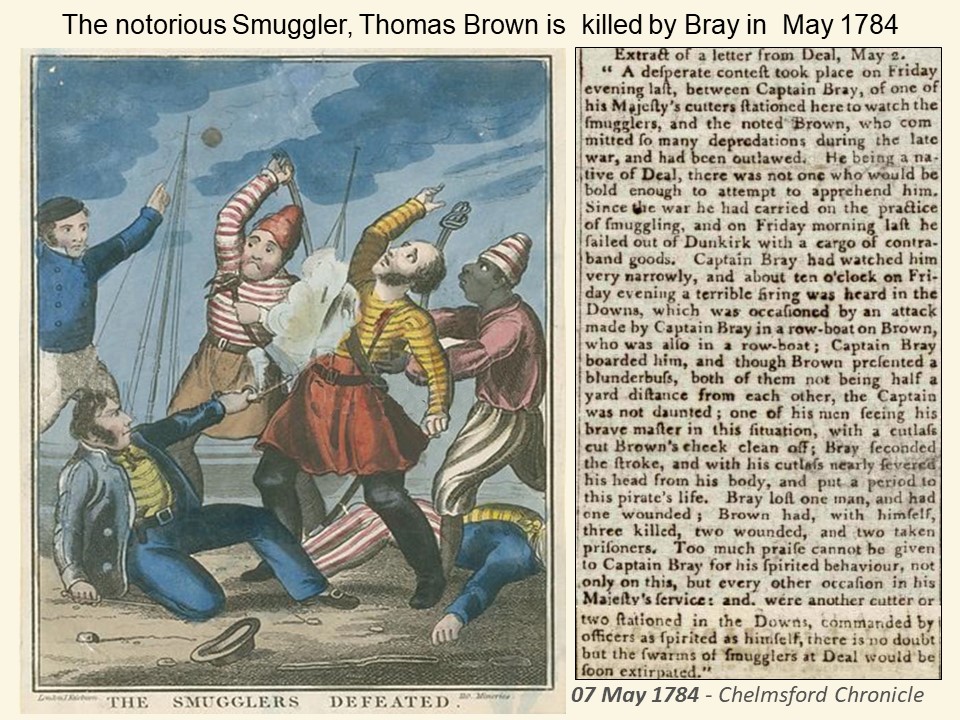 |
| |
| |
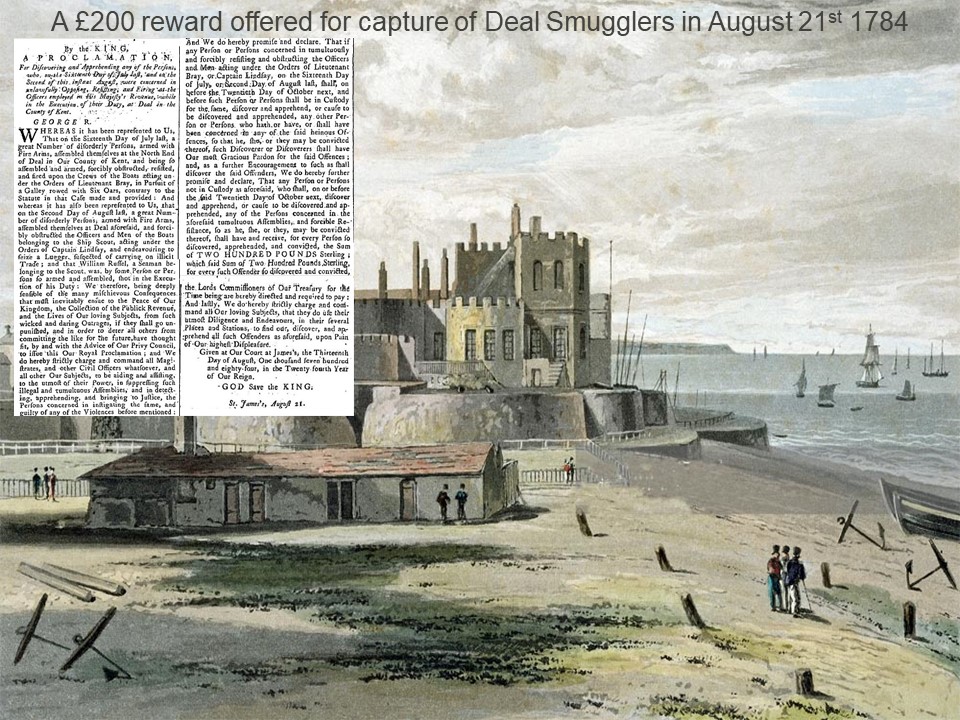 |
| |
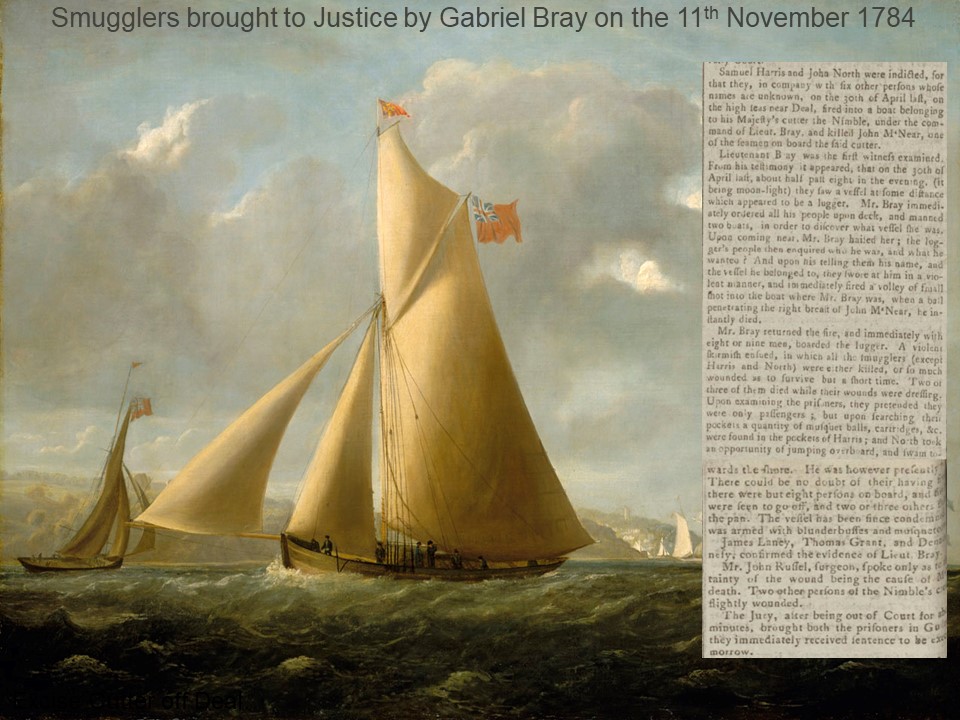 |
| View of St Augustine's monastery at Canterbury; taken from within monastery ruins, two seated figures sketching to left, central tower of Cathedral and two towers of St Augustine's gate visible in distance Brush drawing in grey wash, with watercolour. British Museum. |
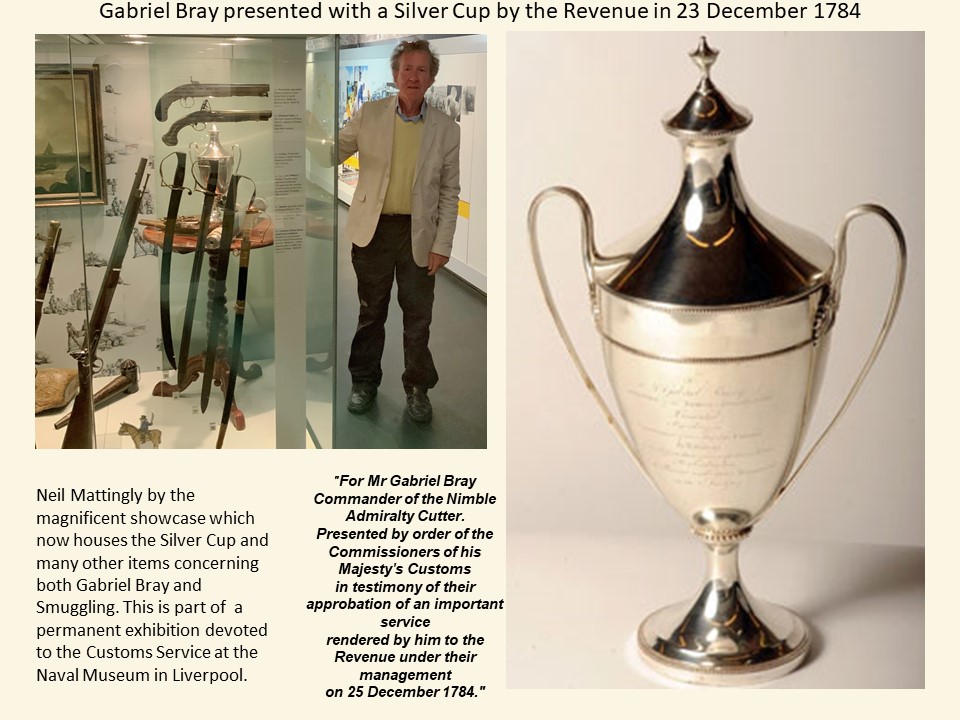 |
| Kirkoswald Castle, Cumberland; the ruins of the Castle, on the Eden, trees and bushes growing round and about the ruins Brush drawing in grey wash - 1785 - British Museum. |
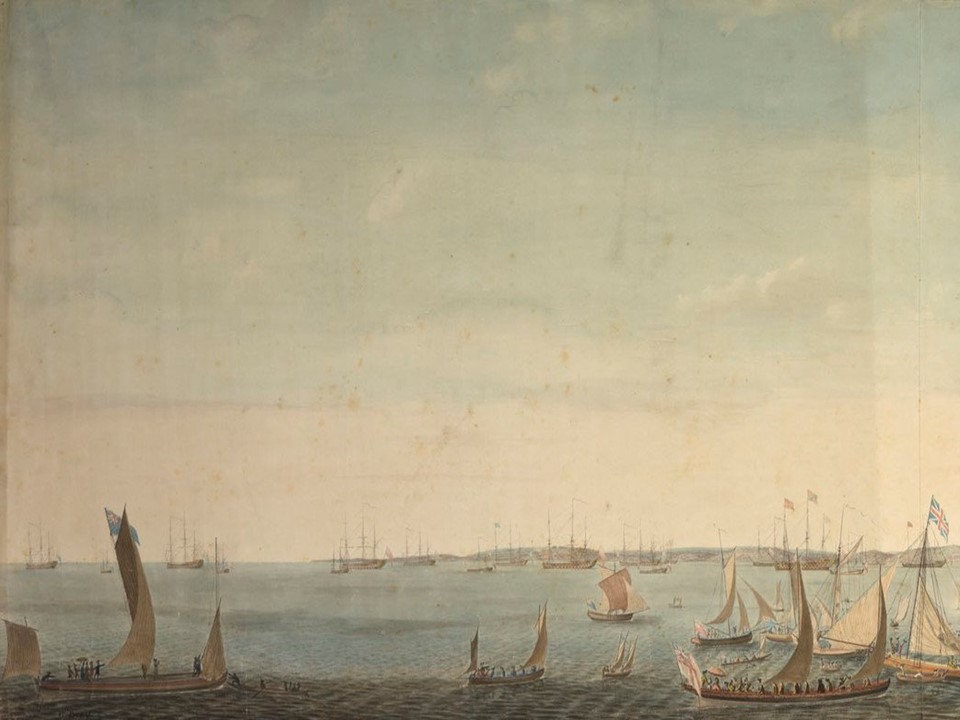 |
| In 1773, he had a lucky break when serving on the Royal Yacht Augusta, which took part in a royal fleet review at Spithead. Bray sketched it on the spot and sat up all night to finish it so that it might be presented to the King the following day 'as occasioned his Majesty on seeing it to promote him'. The drawing is still in the Royal Collection and illustatred above and below. |
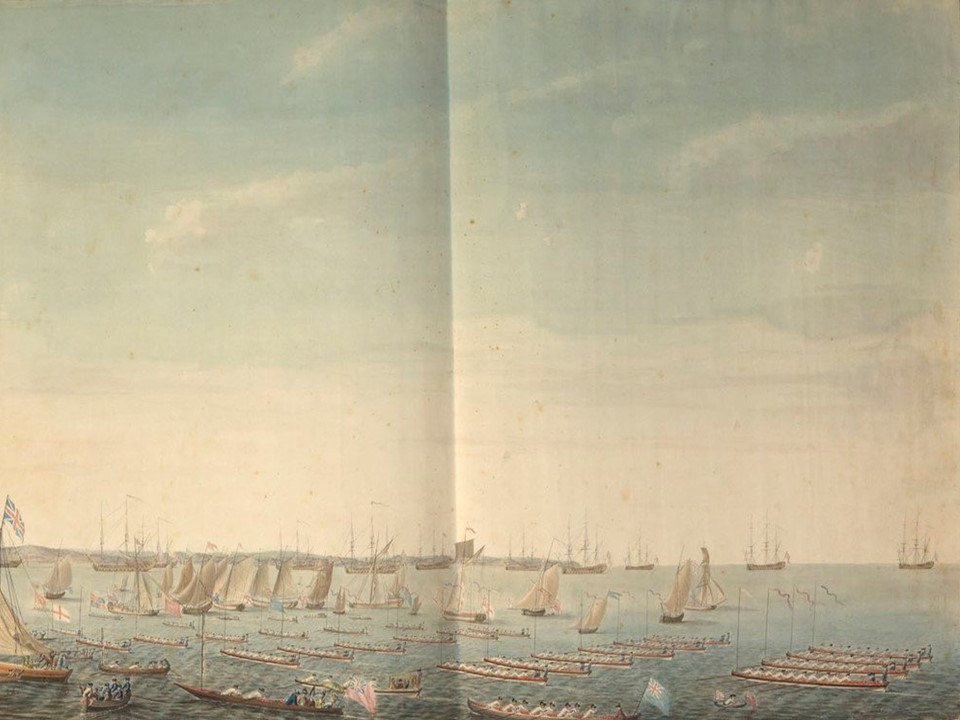 |
The Victoria and Albert Museum has four Sepia drawings by Gabriel Bray, which are recorded as follows:
(i) Young man with a pistol. (ii) Portrait of an old man with a crutched stick (iii) Fisherman and boy (iv) Officers drinking tea in a ship's cabin.
four drawings made c.1790.Height: 8.75 in, Width: 6.25 in Given by Mrs. Gabrielle Enthoven E.2029-1924
Prints & Drawings Study Room, level H, case PD, shelf 164, box E |

|
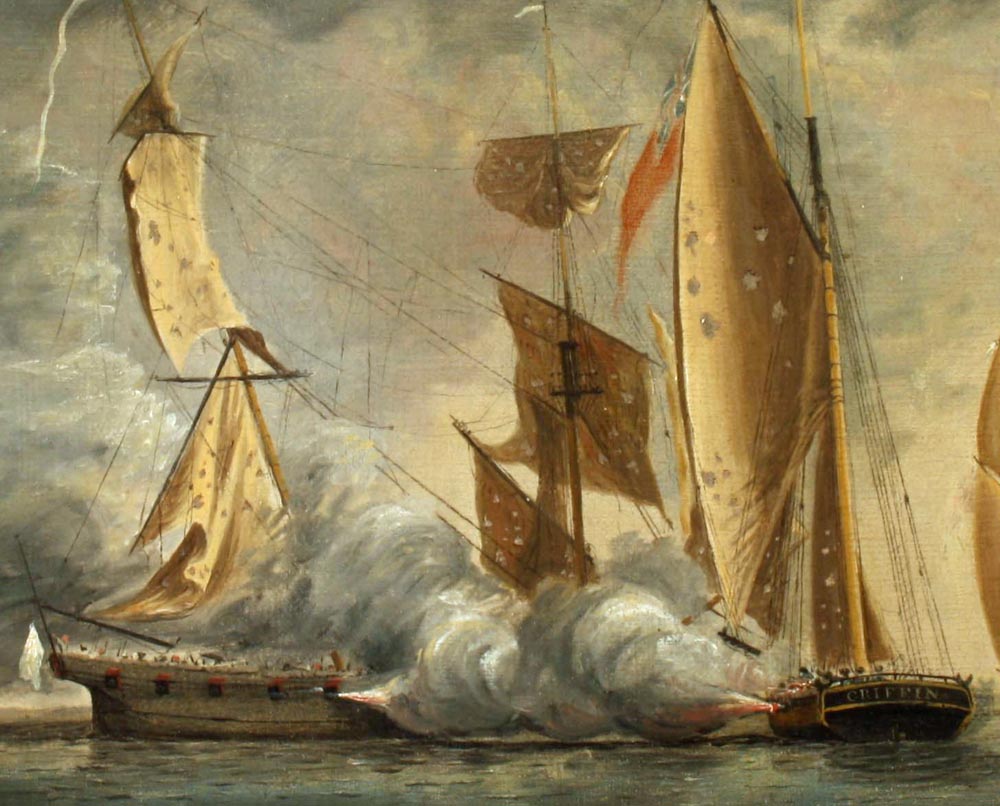 |
A Close up of the action clearly showing the rear of the Griffon in action. |
 |
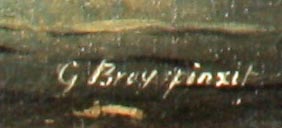 |
| G BRAY "The Charlotte" off Dunkirk & 'Le Prince de Habengen" Taken by His Majesty's Cutter "the Griffon"...' A pair of naval action oils Each signed and indistinctly inscribed 42 x 53cm. July 26th 2018 David Lays Lot 563 . |
|
 |
The exhibition of the Royal Academy, MDCCLXXXV. (1785). The seventeenth., 1785 - no.58 A "King Charles Spaniel by G. Bray" and no. 259 "A representation of Mons. Blanchard`s balloon off Dover.
On 7 January 1785, Frenchman Jean-Pierre Blanchard and his American co-pilot John Jeffries completed the first successful crossing of the English Channel in a balloon.Sadly this painting has not come down to us but to give us an idea of how it would have looked we show a similar painting by Edward Cocks of the famous event whcih no doubt Gabriel Bray would have witnesses as he was living in nearby Deal at that time. |
 |
 |
|
|
.jpg) |
Gabriel Bray. Portrait of an old man with a crutched stick.
One of four drawings made c.1790.E.2027-1924Height: 12.625 in, Width: 8 in Print and Drawings Study Room, Victoria and Albert Museum. |
.jpg) |
Gabriel Bray. Young man with a pistol.
One of four drawings made c.1790.(E.2029-1924)(Height: 8.75 in, Width: 6.25) in Print and Drawings Study Room, Victoria and Albert Museum. |
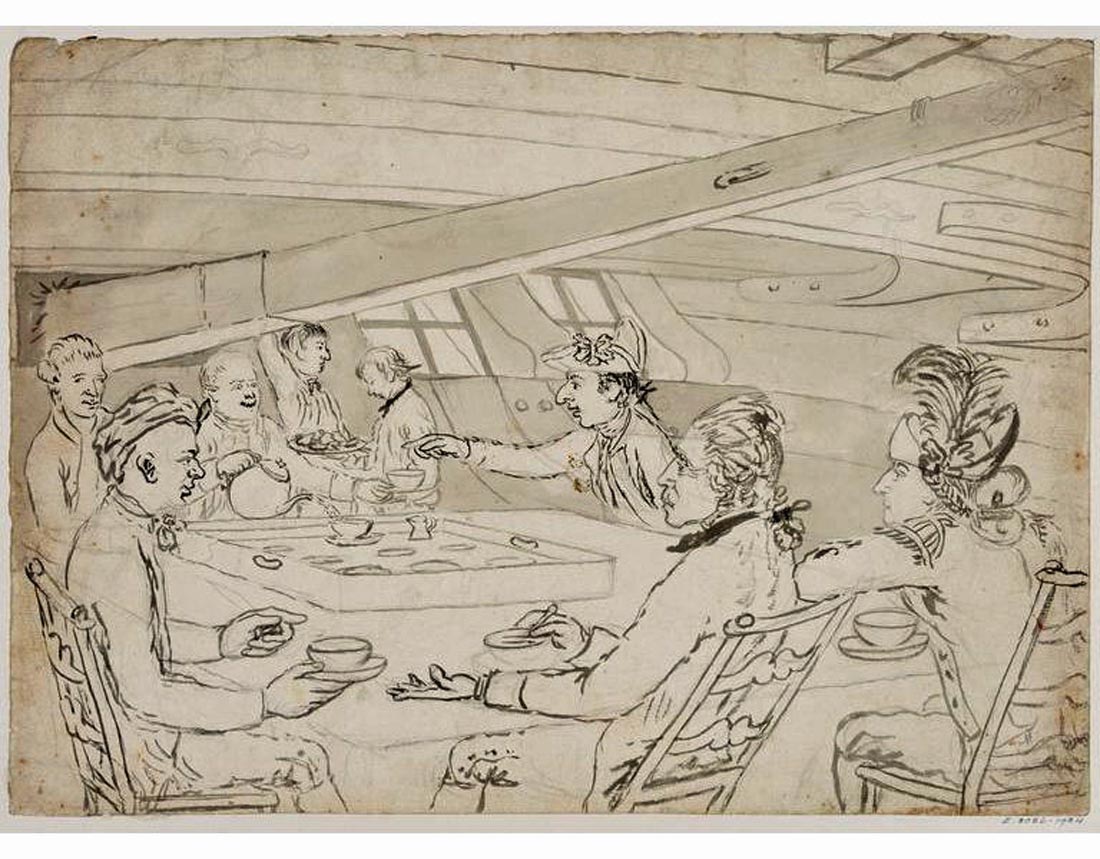 |
Gabriel Bray. Officers drinking tea in a ship's cabin.Given by Mrs. Gabrielle Enthoven
One of four drawings made c.1790.(E.2026-1924) Sepia (Height: 10.75 in, Width: 15 in) Print and Drawings Study Room, Victoria and Albert Museum. |
 |
Gabriel Bray. Fisherman and boy.Given by Mrs. Gabrielle Enthoven
One of four drawings made c.1790.E.2028-1924 (Height: 6.75 in, Width: 6.375) in Print and Drawings Study Room, Victoria and Albert Museum. |




































.jpg)






































.jpg)
.jpg)
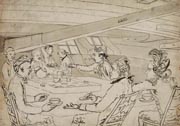


.jpg)











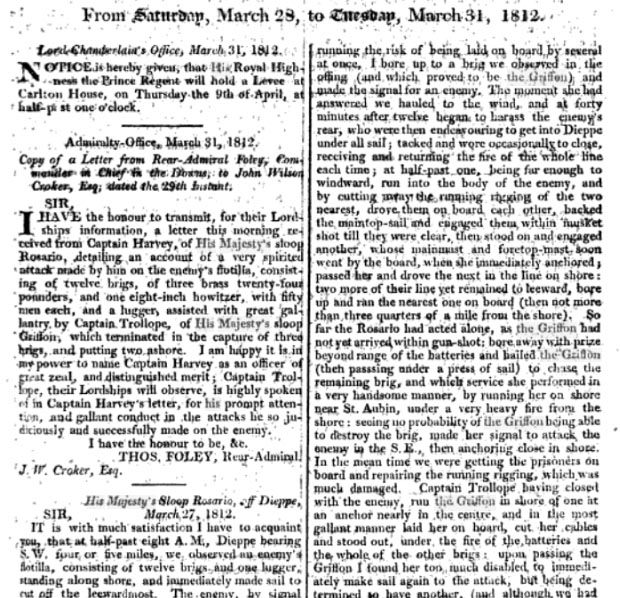



.jpg)


.jpg)
.jpg)

